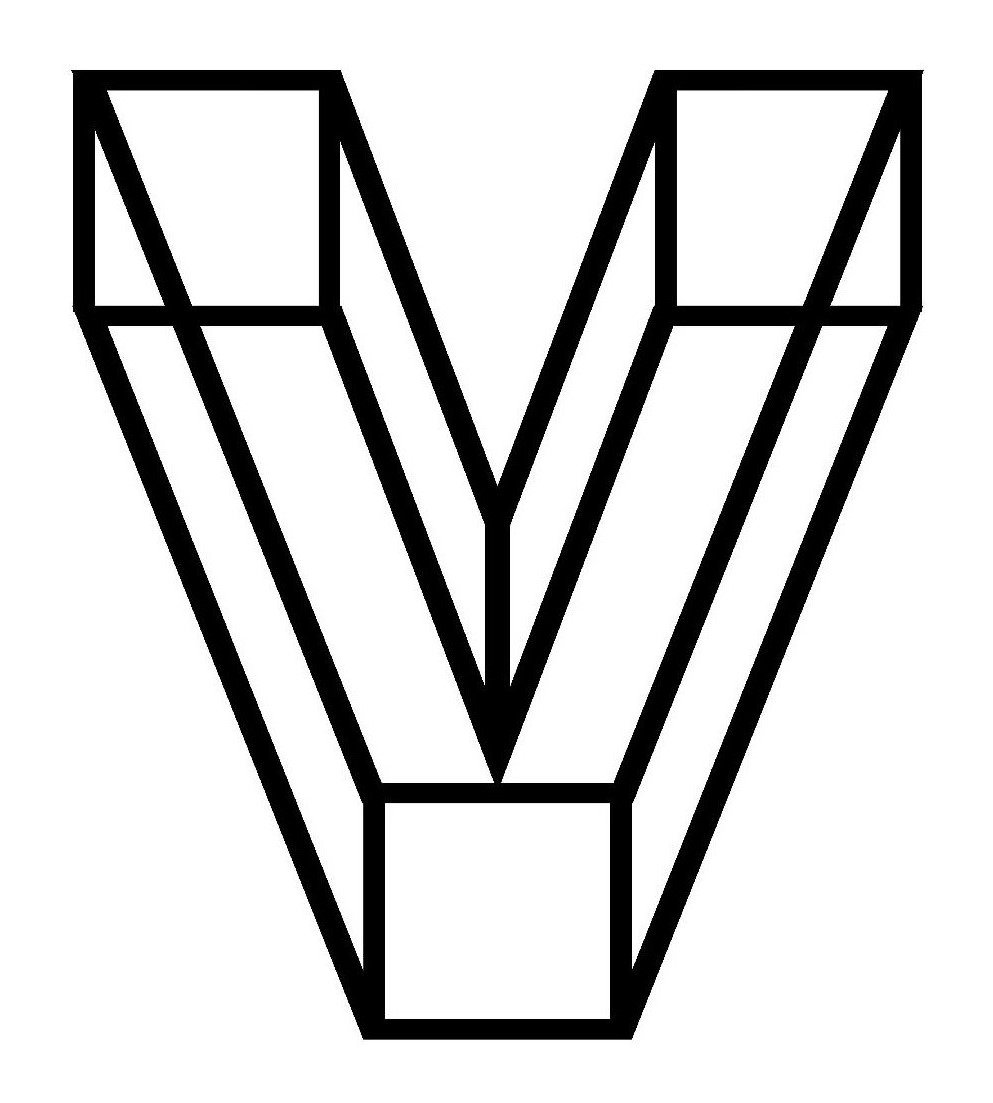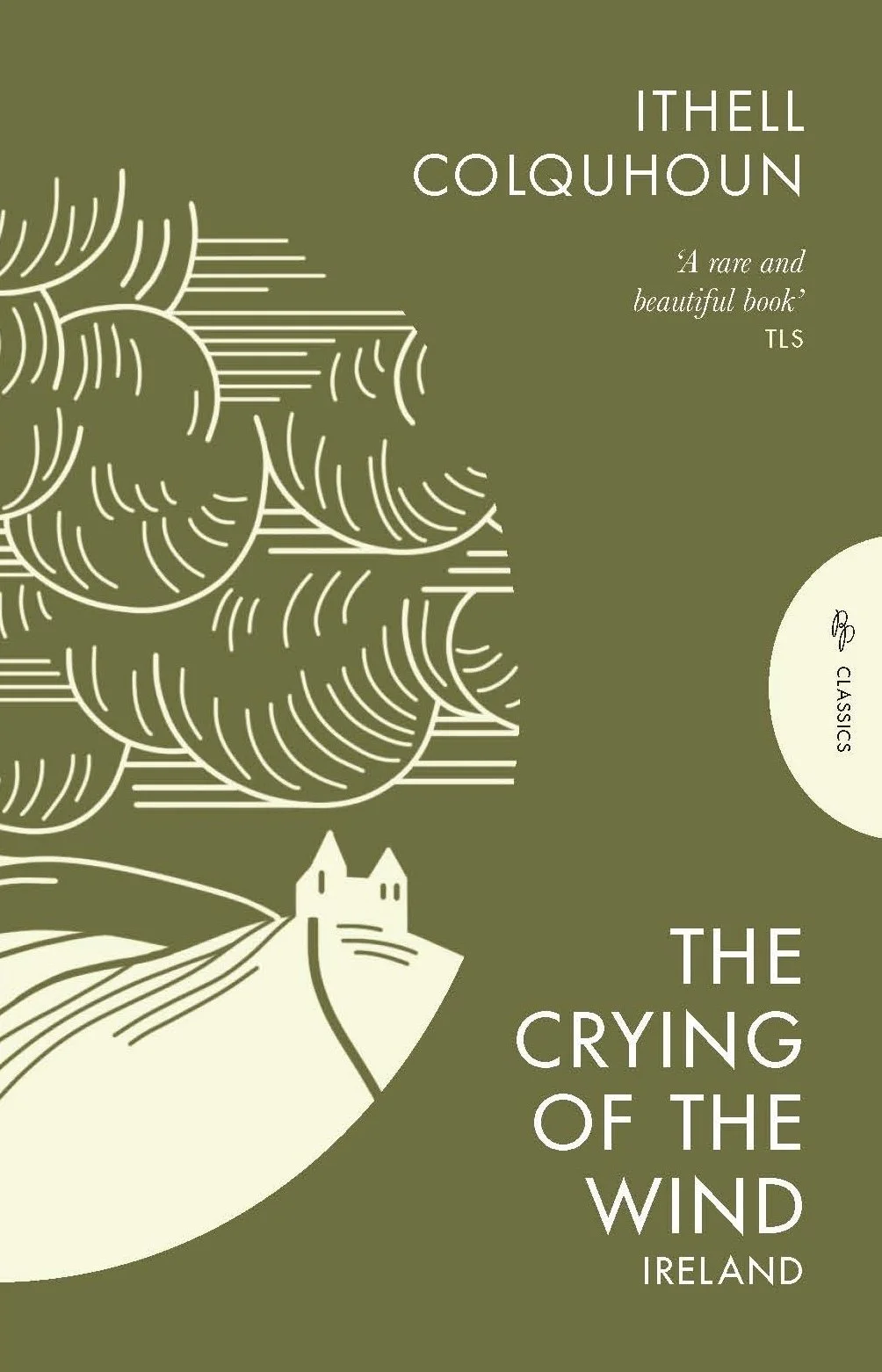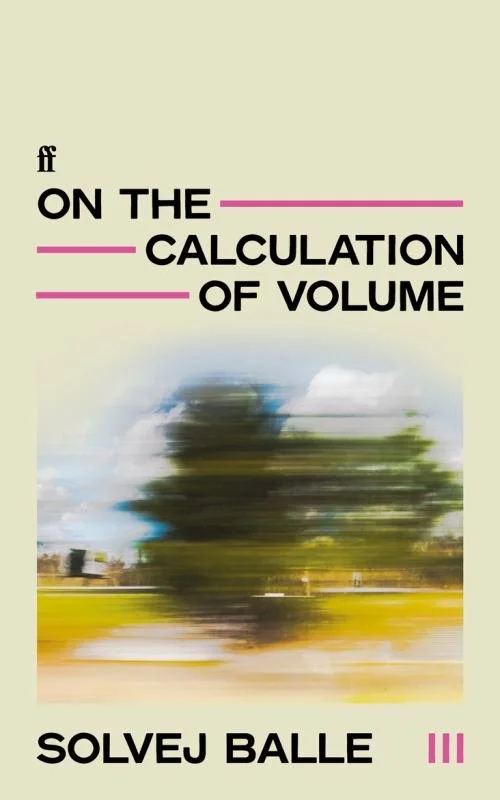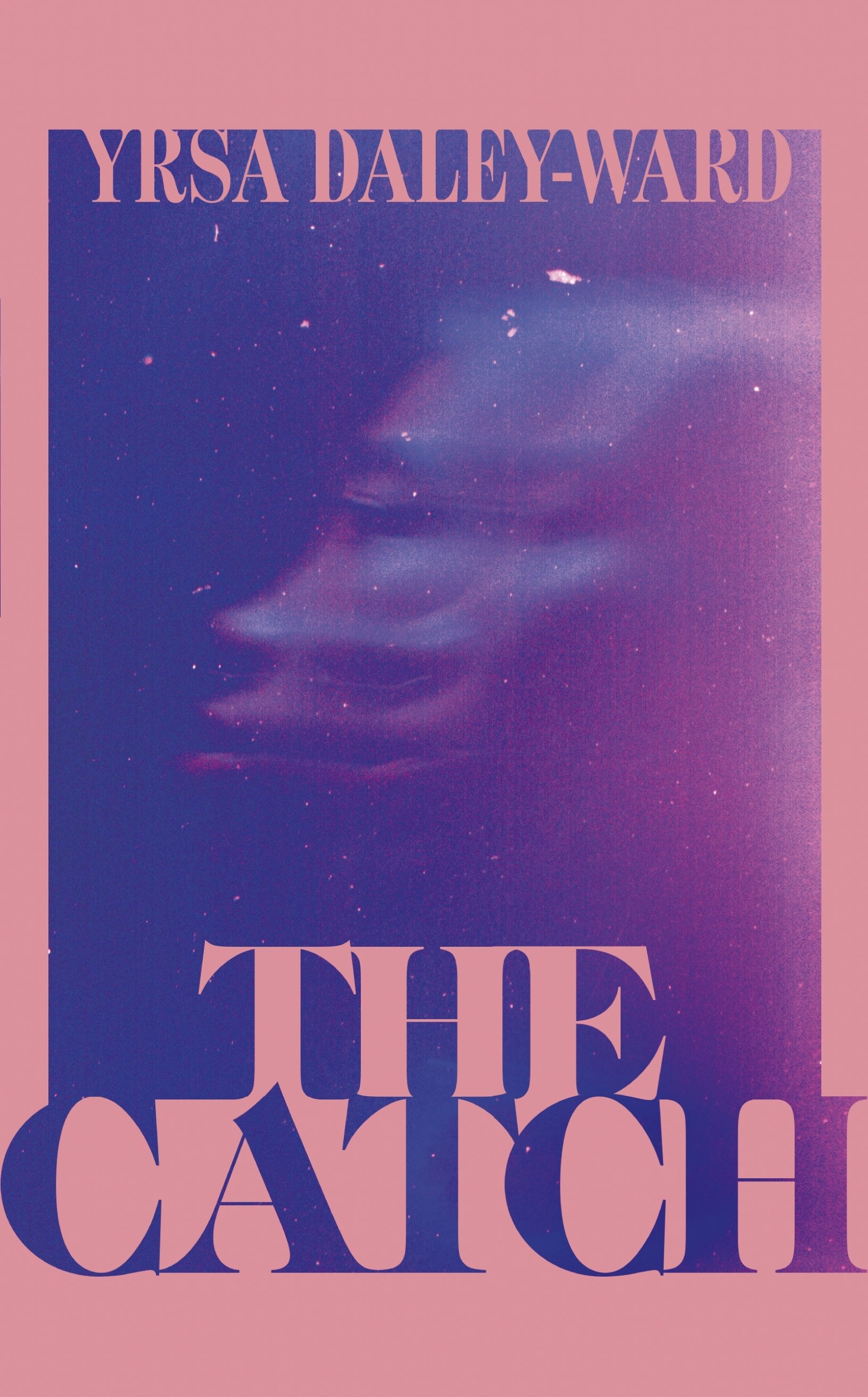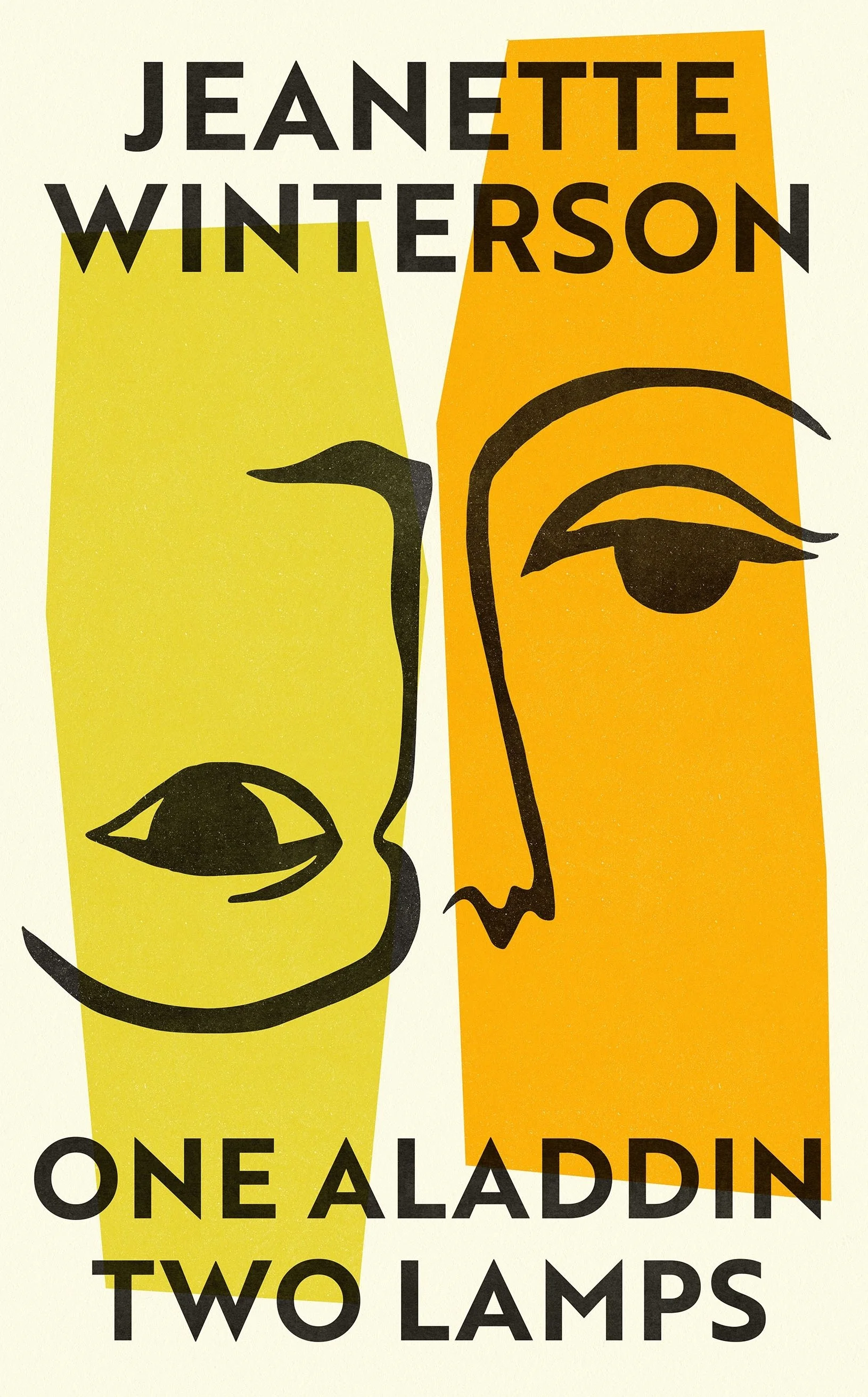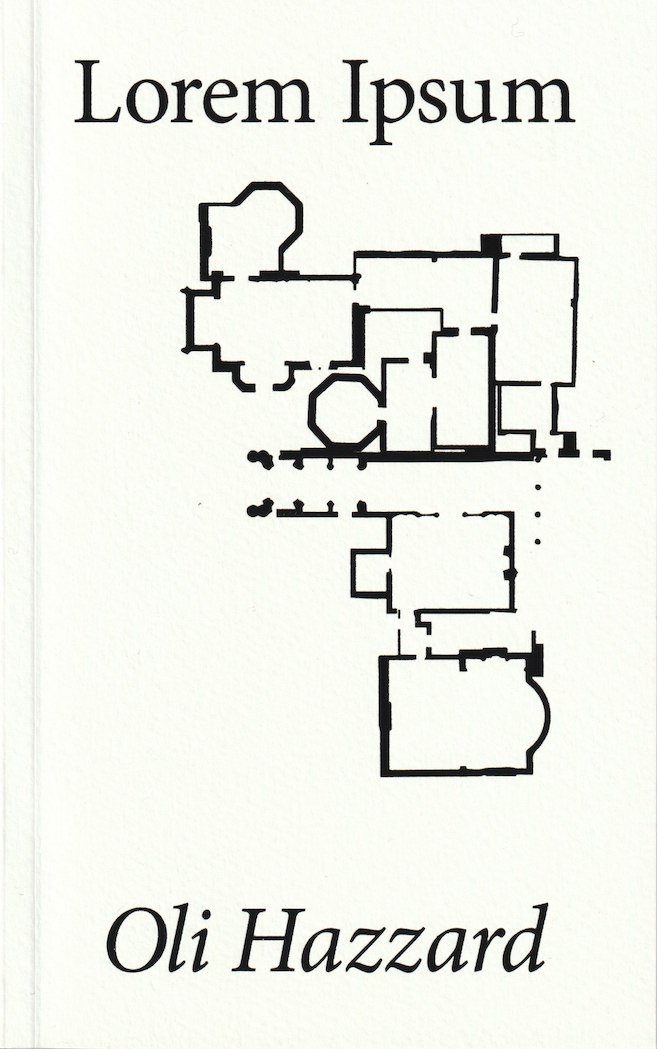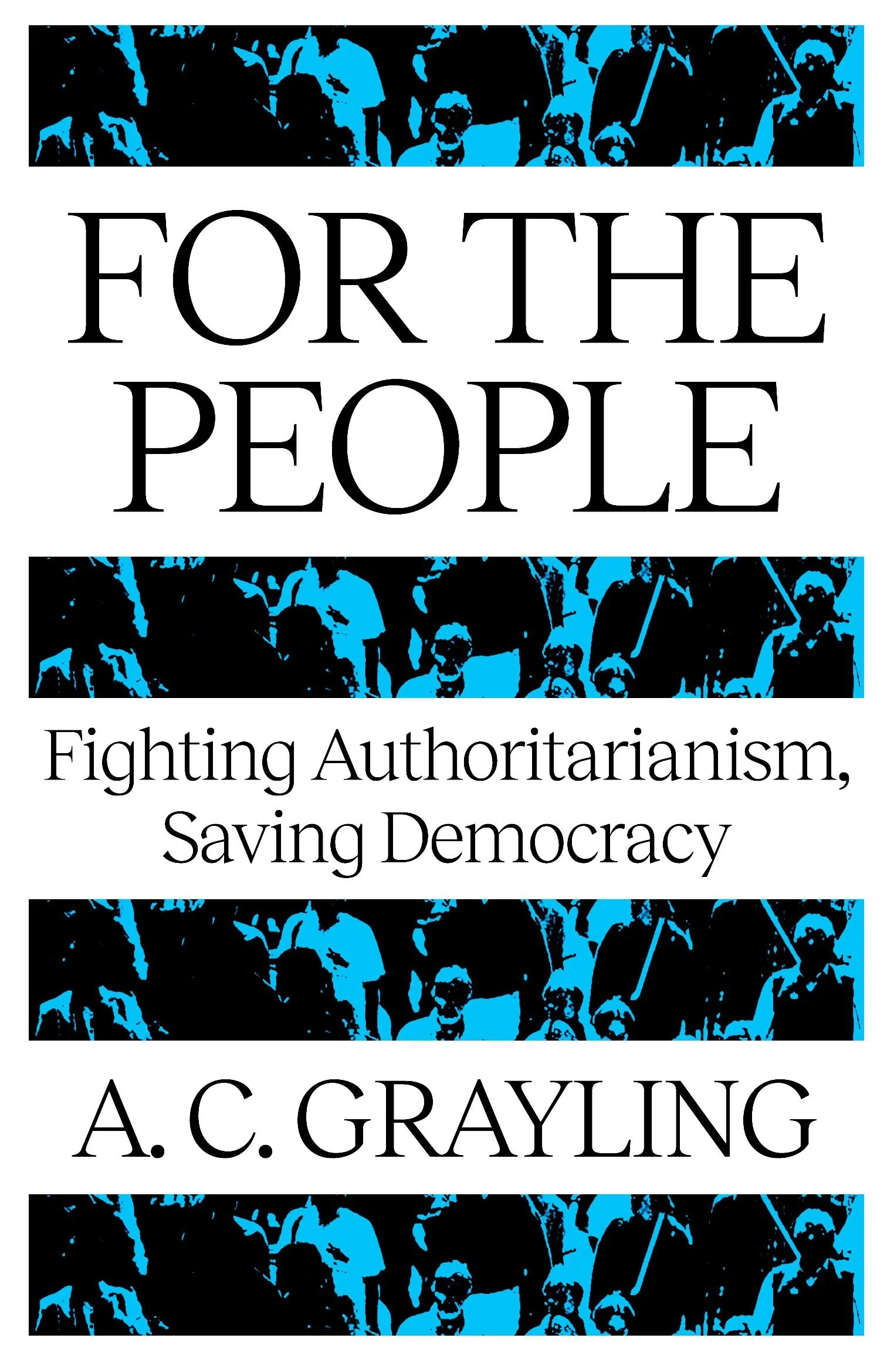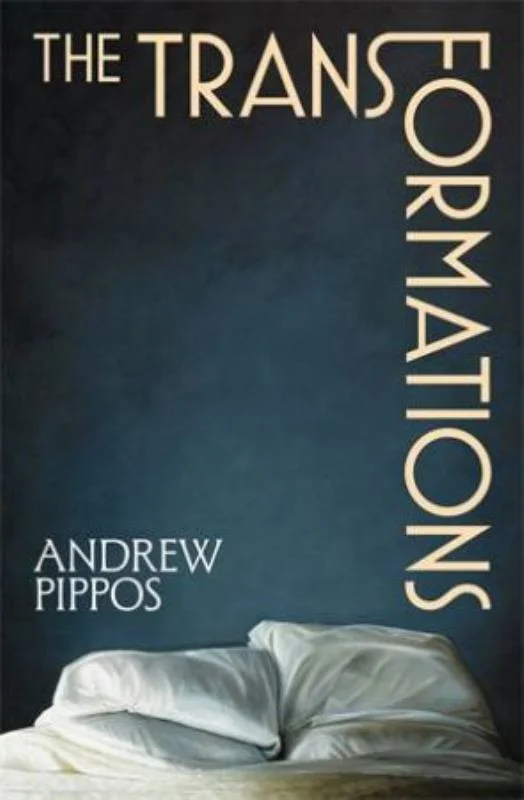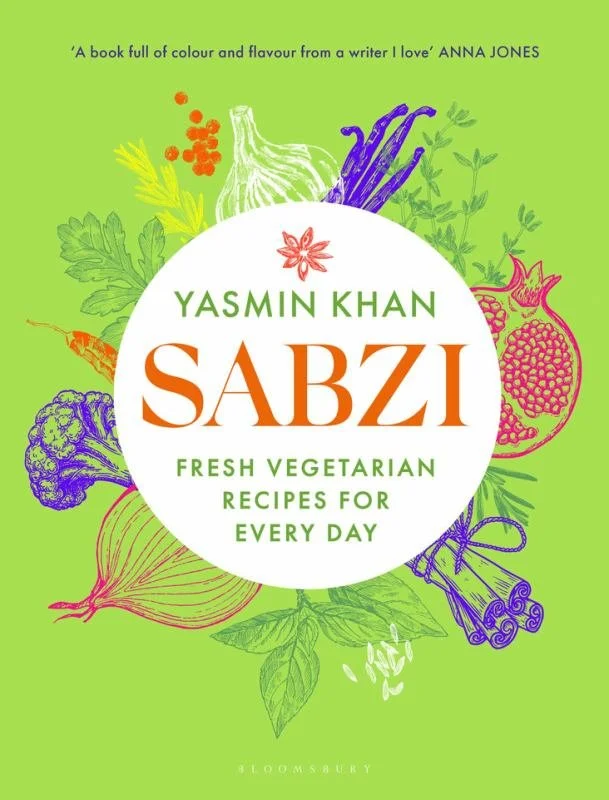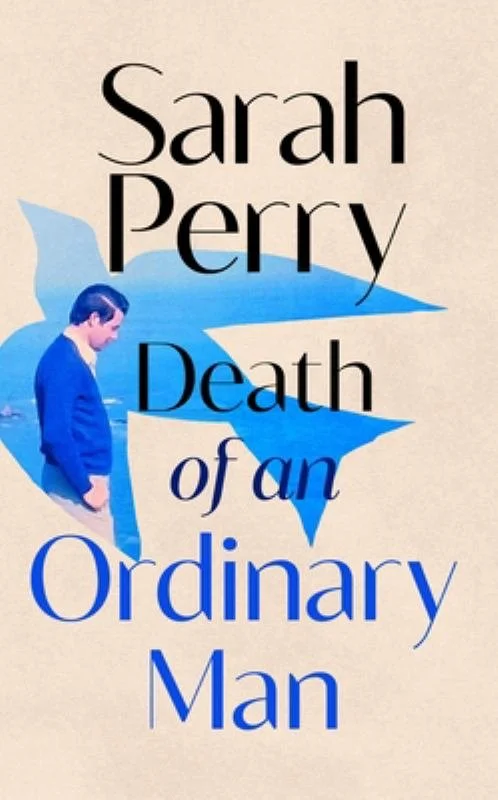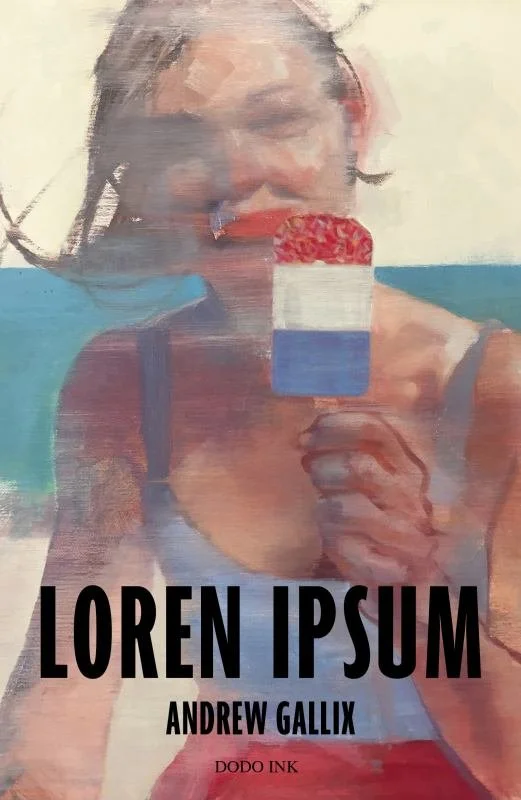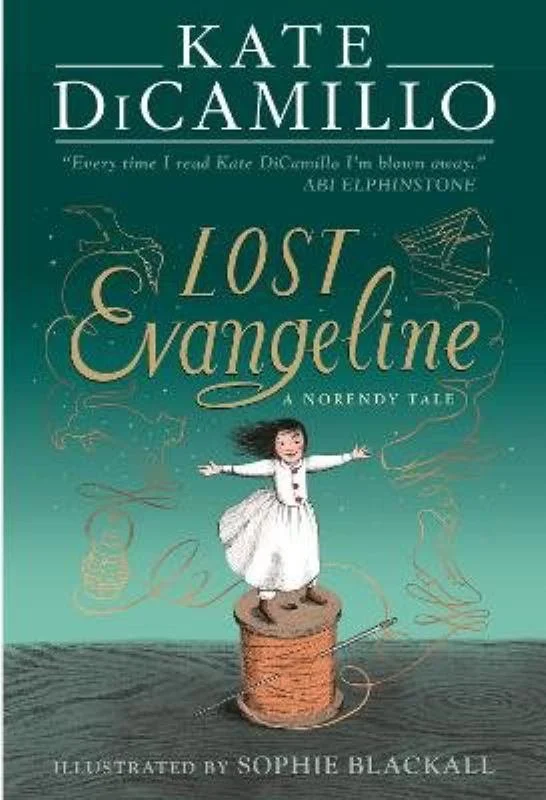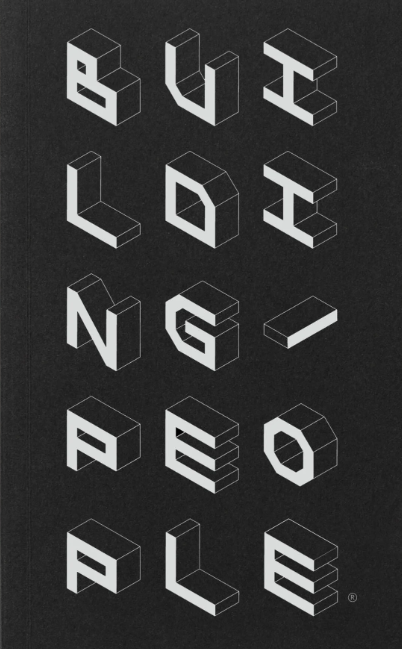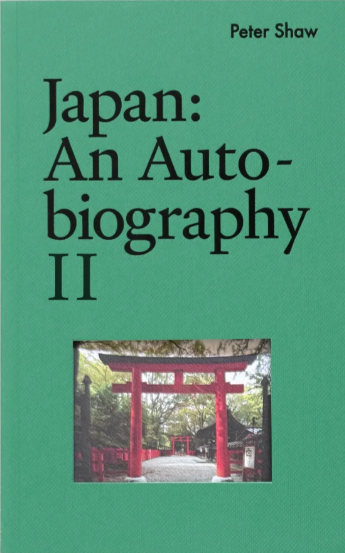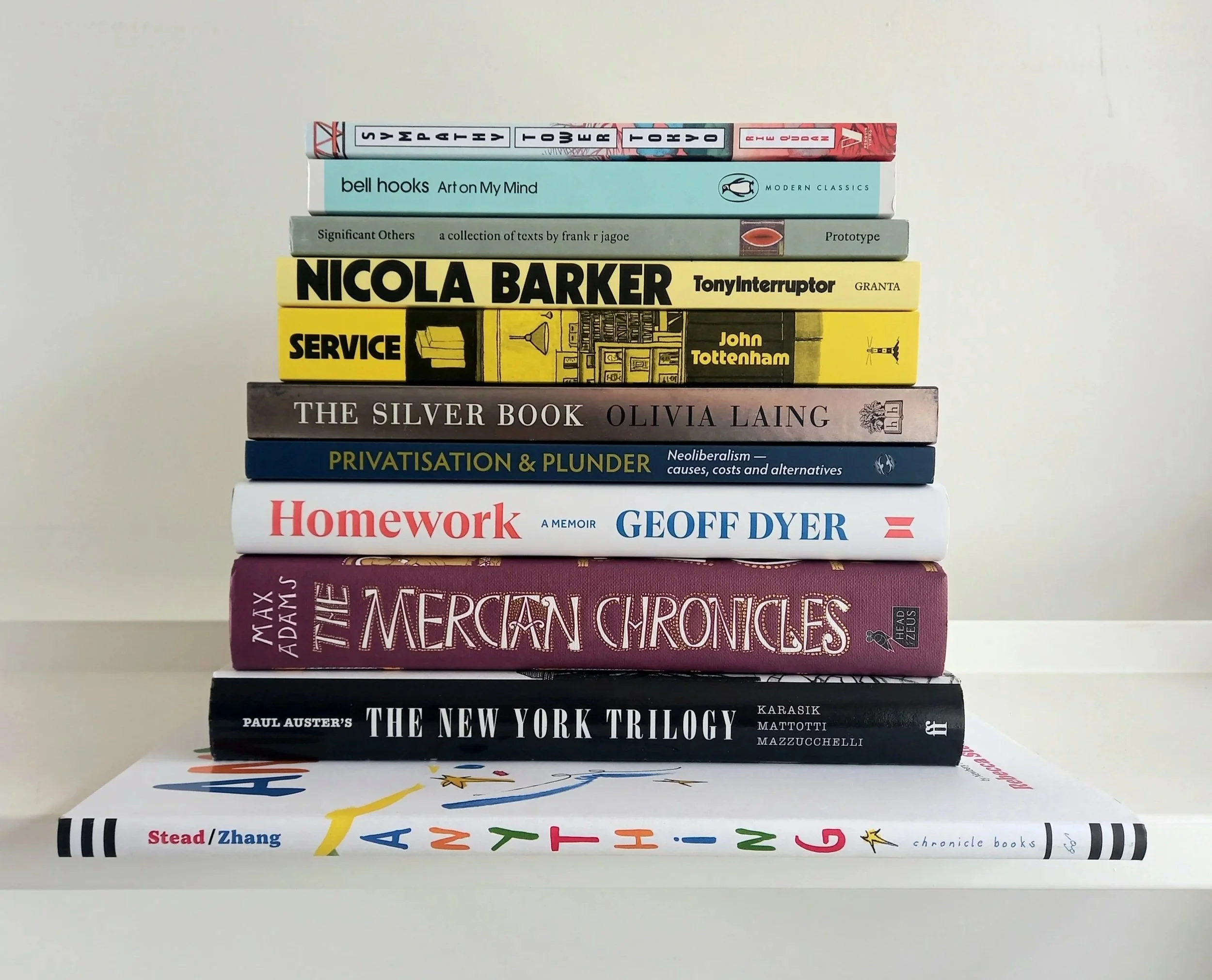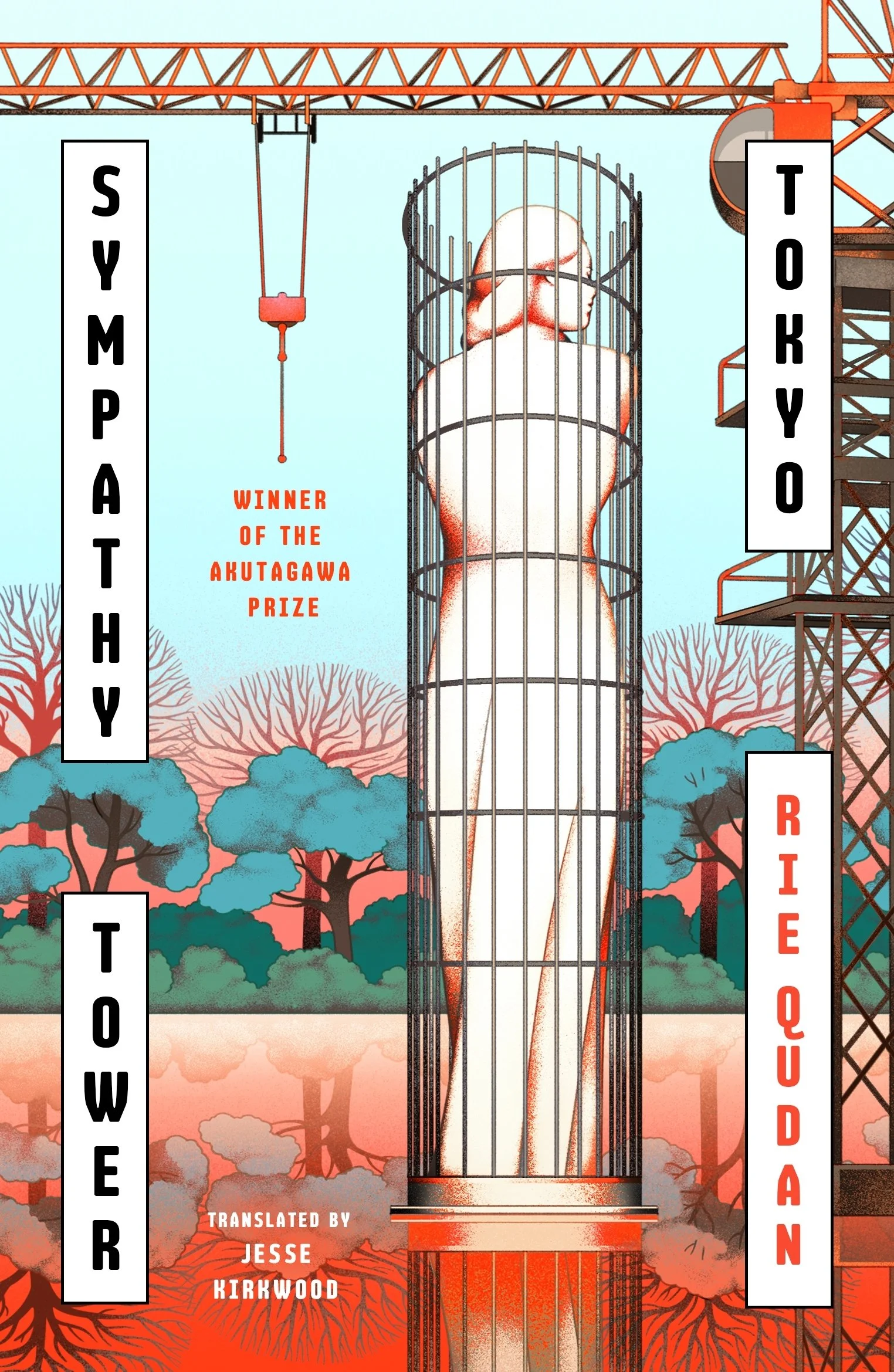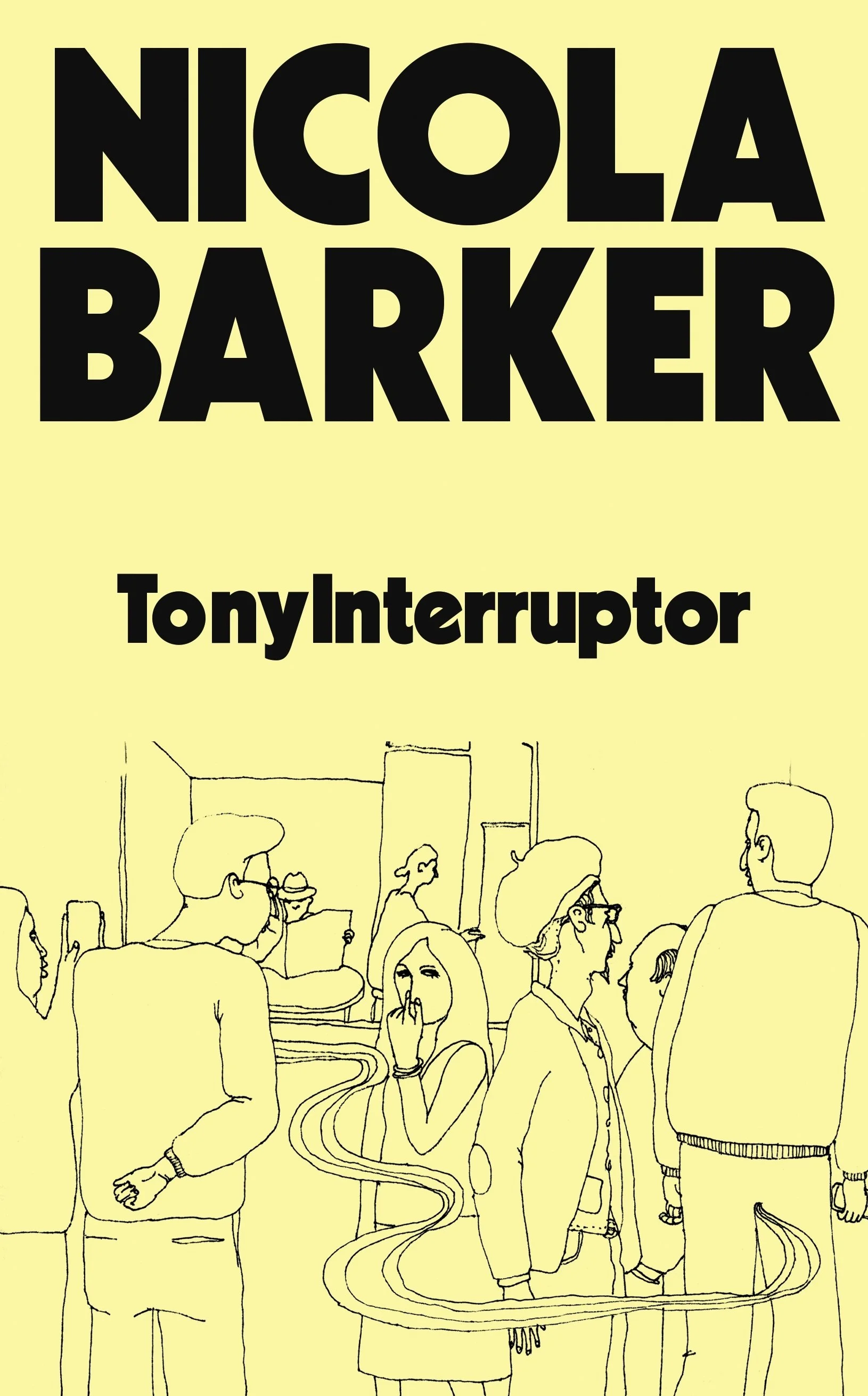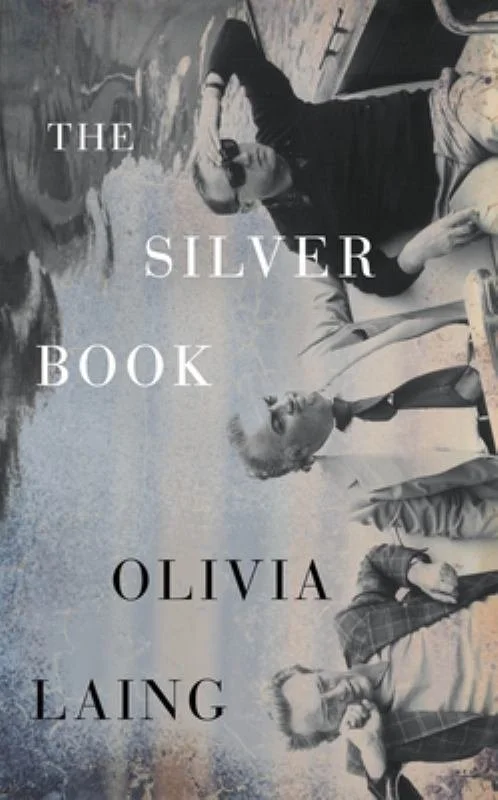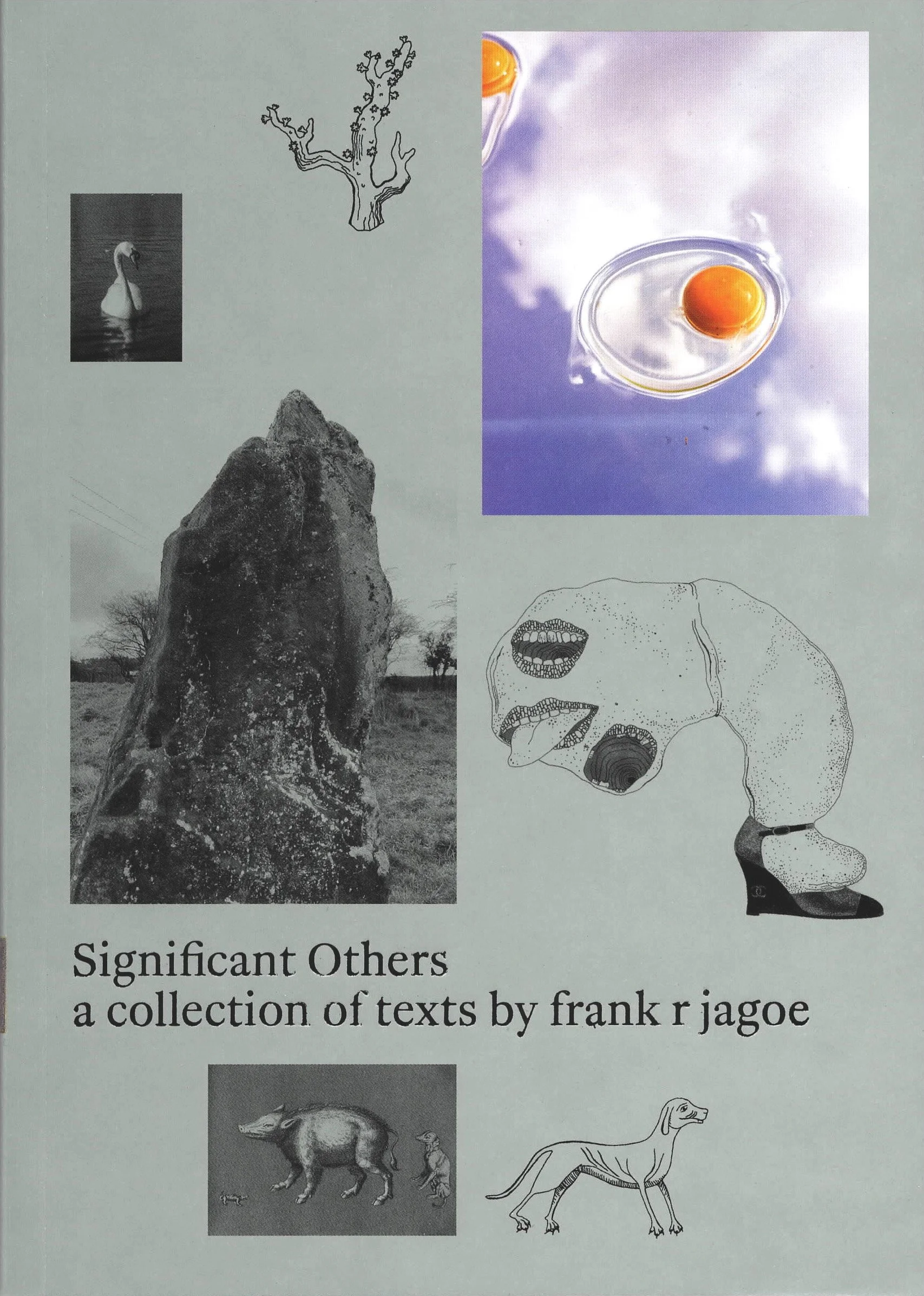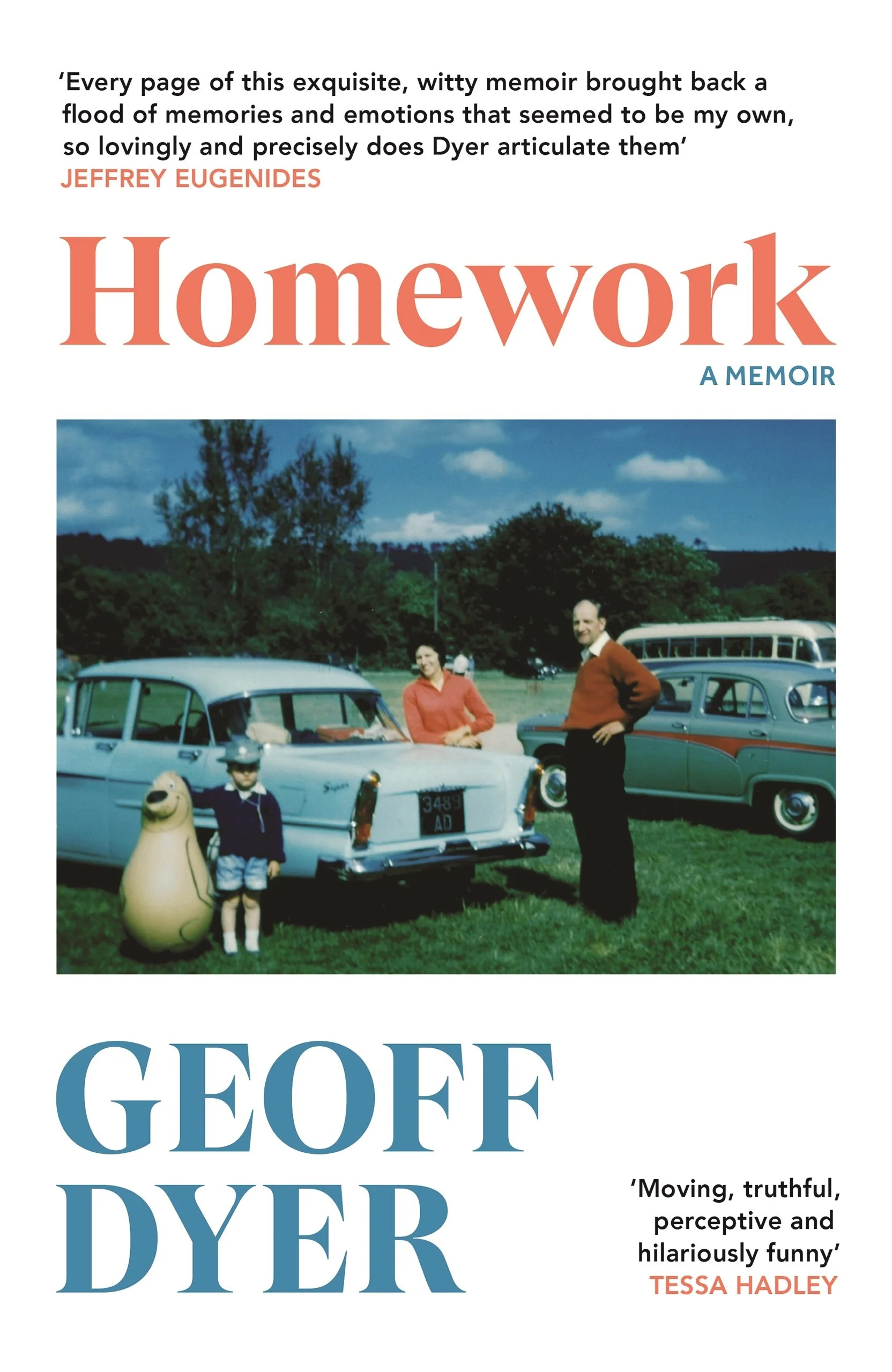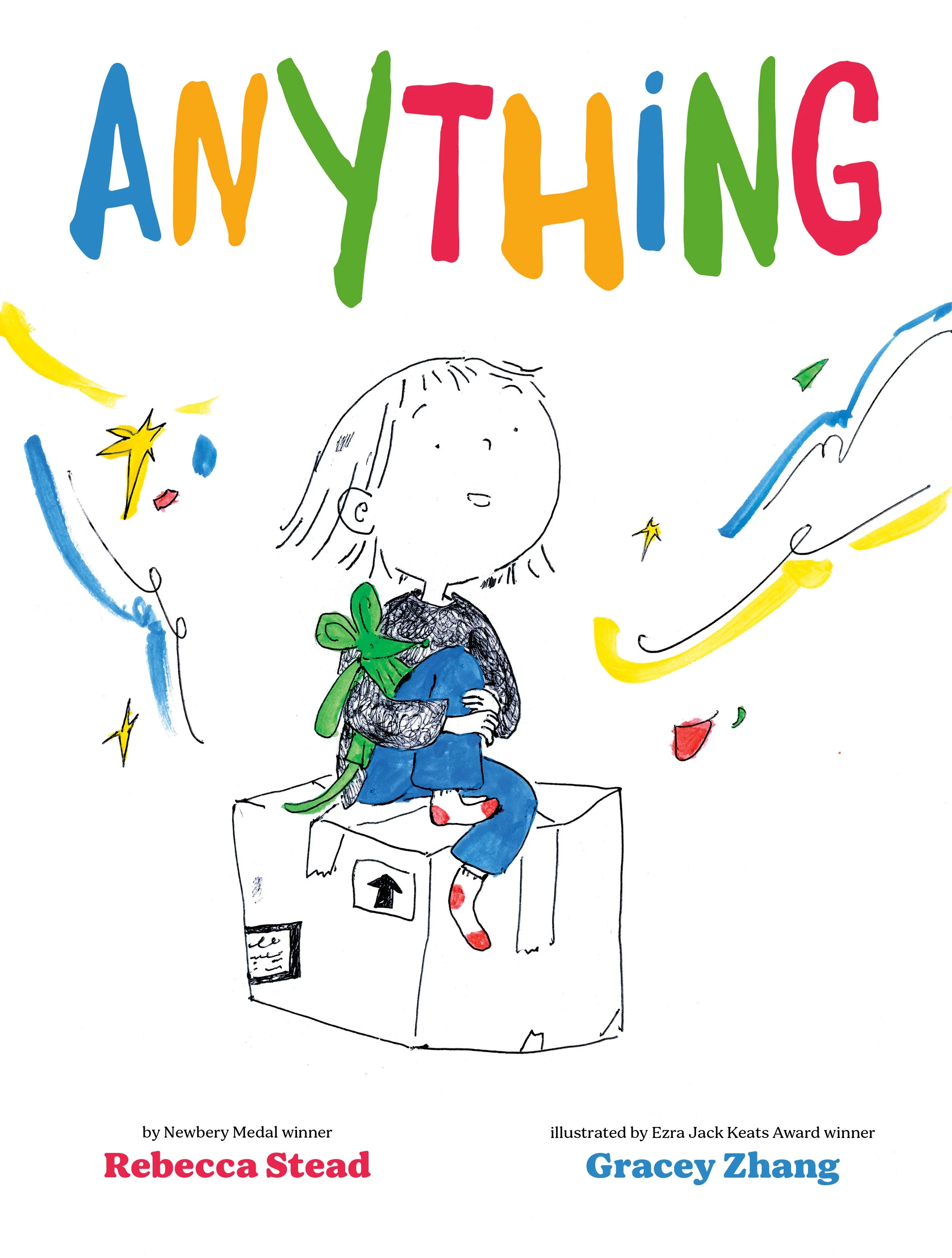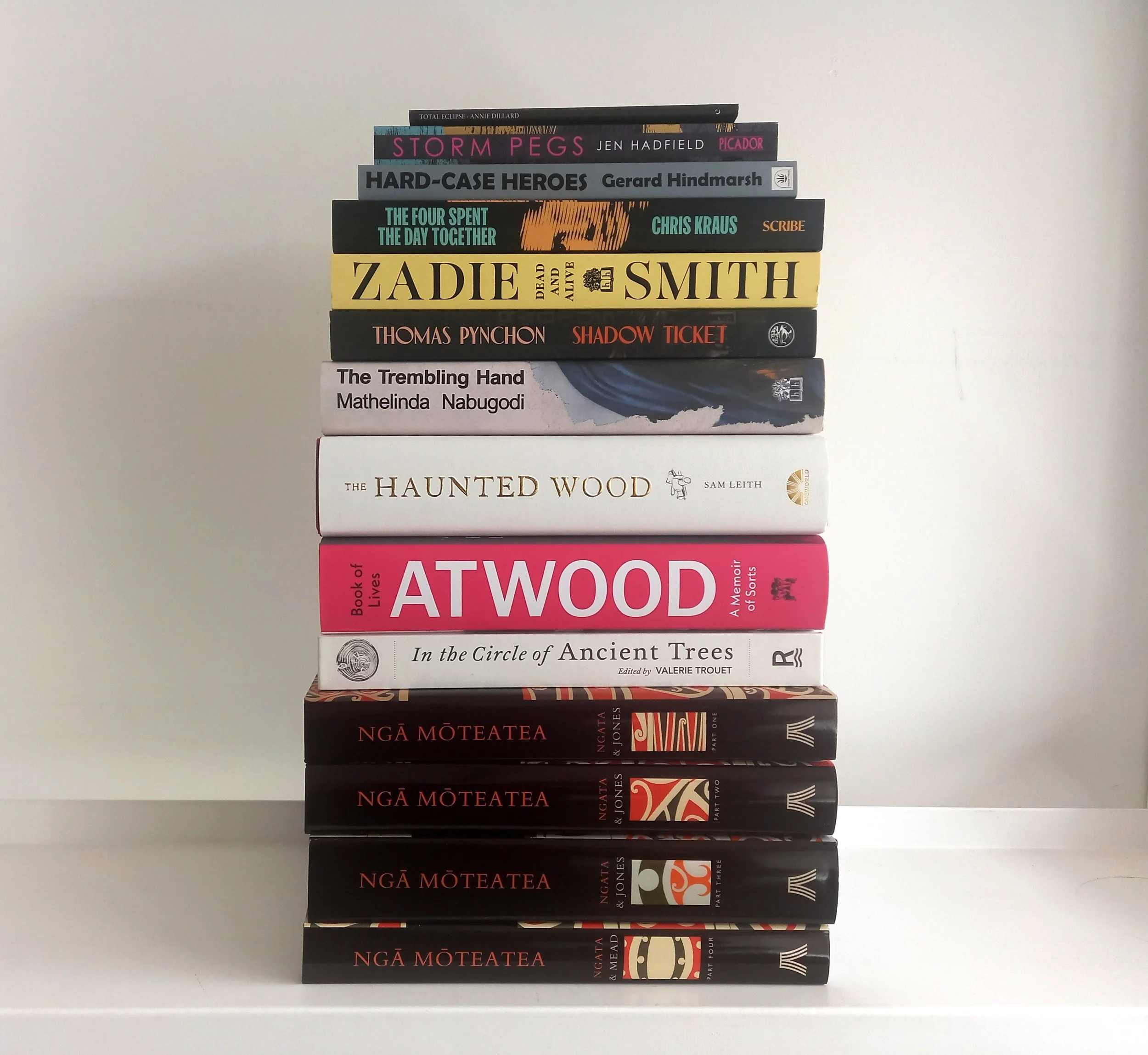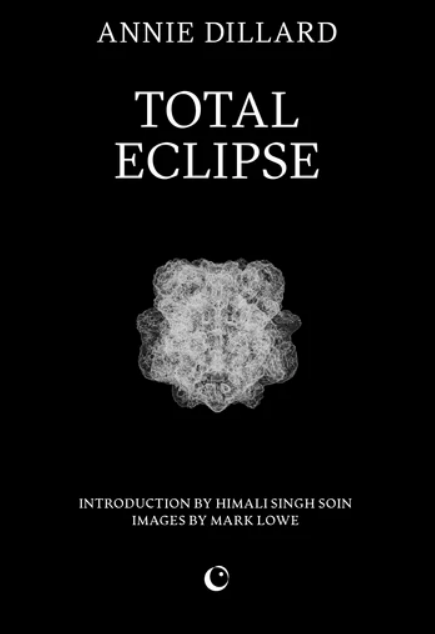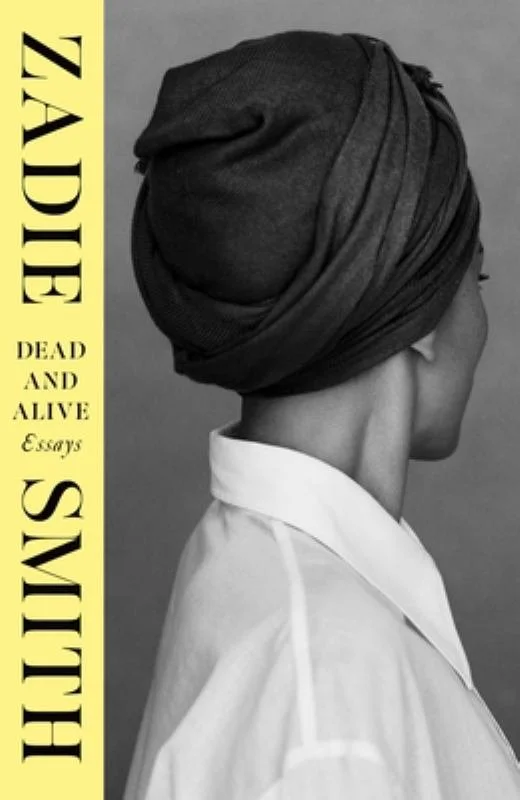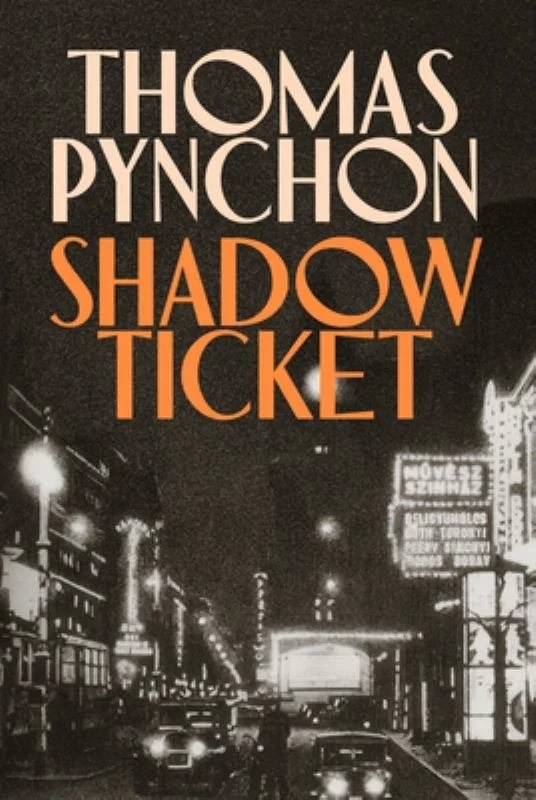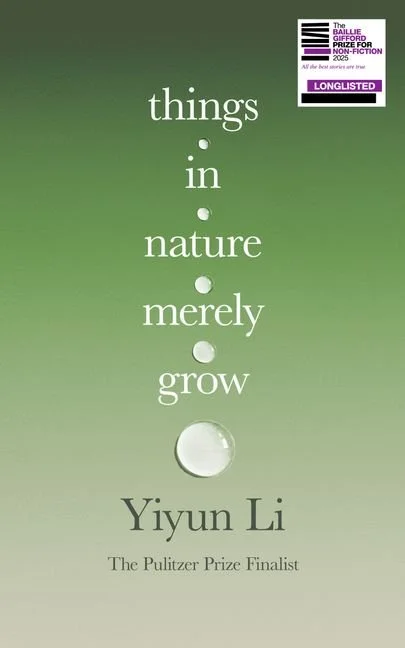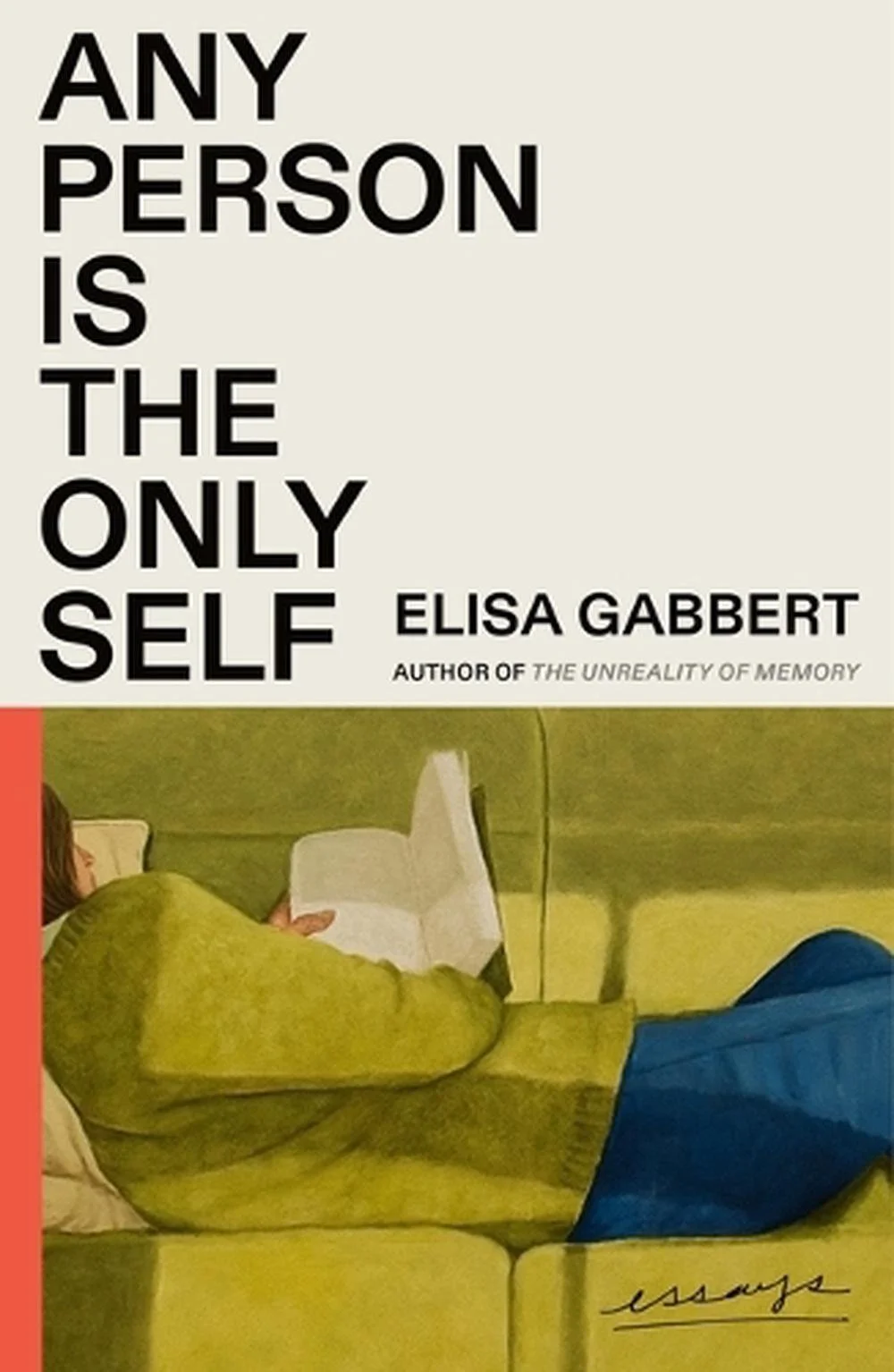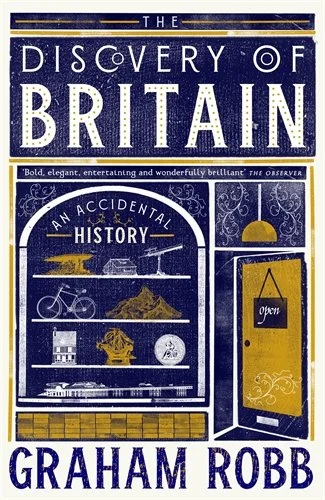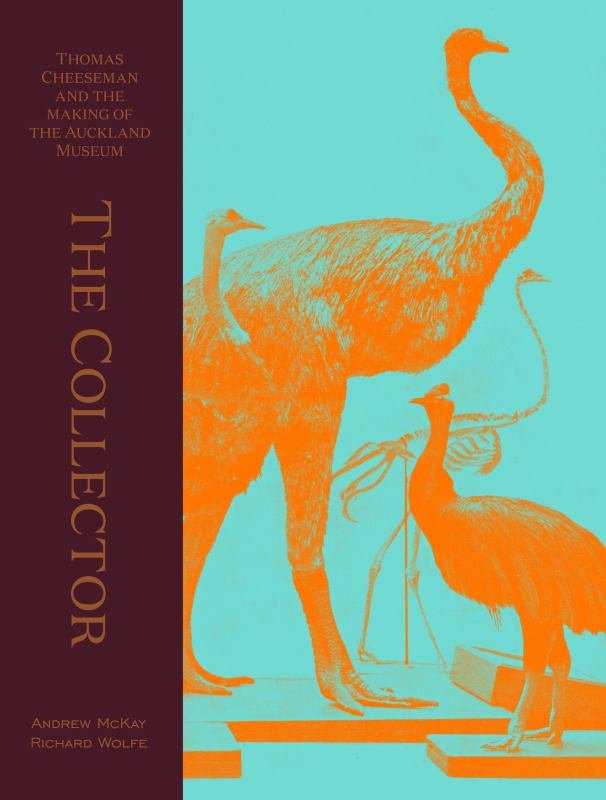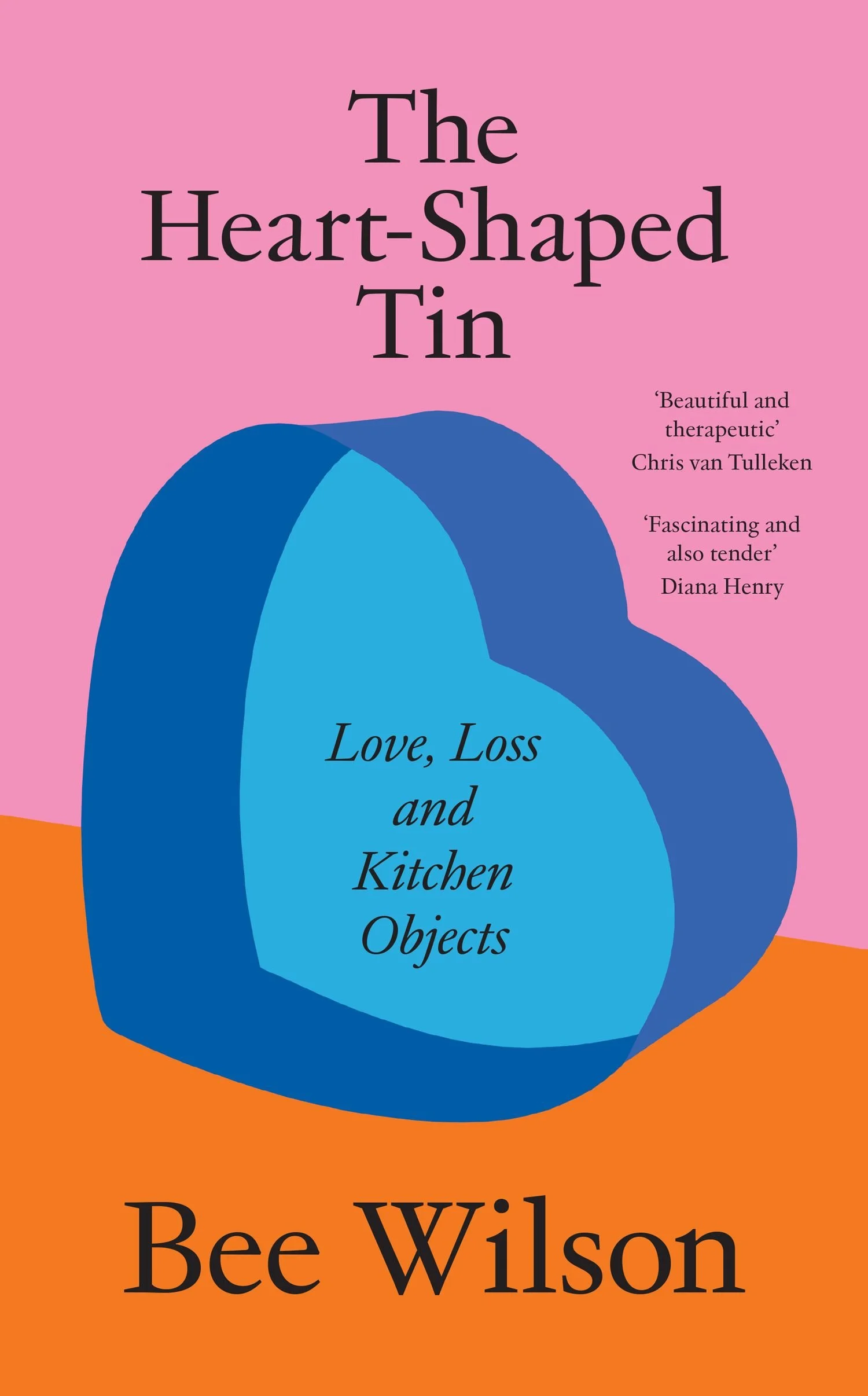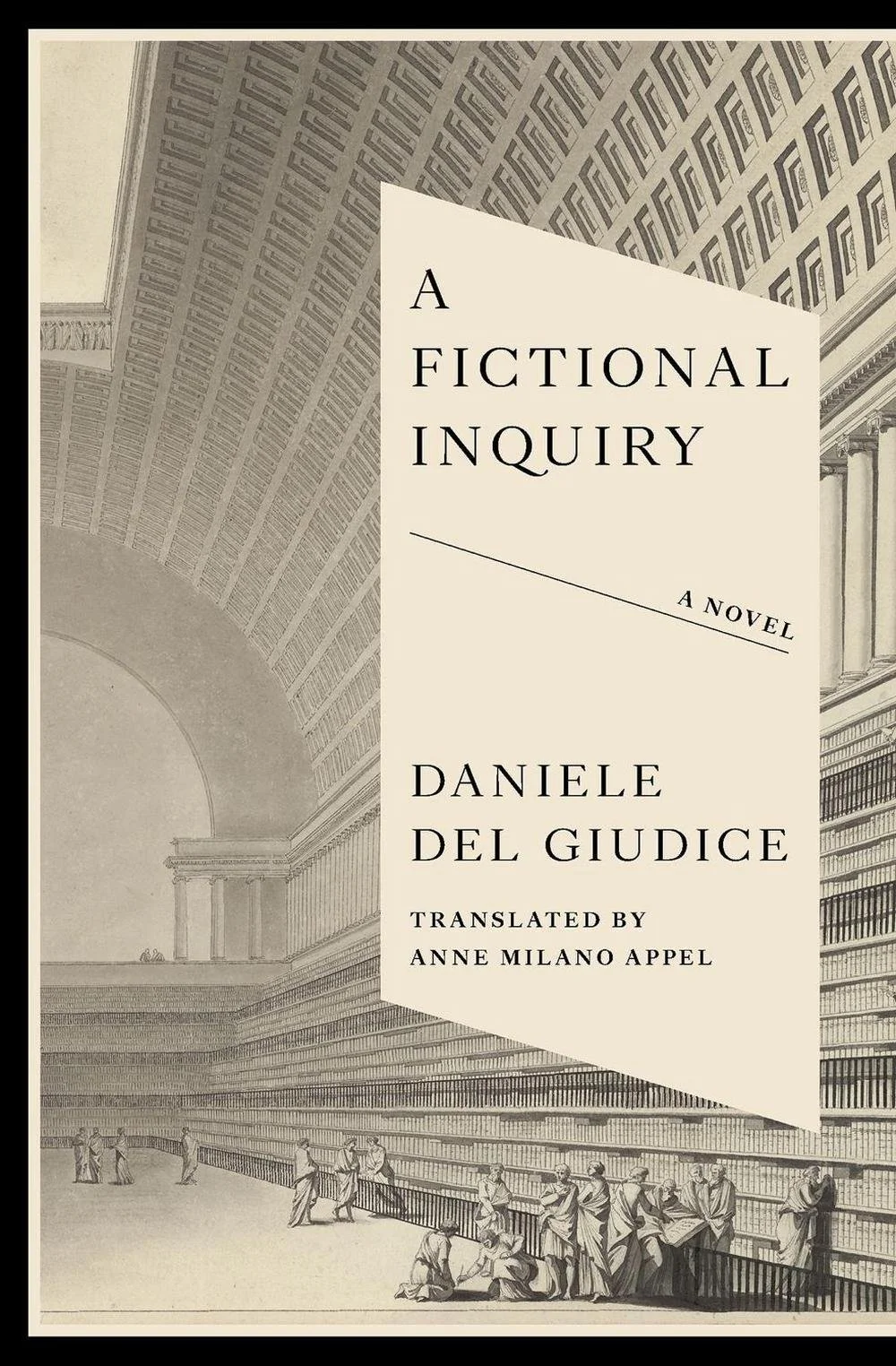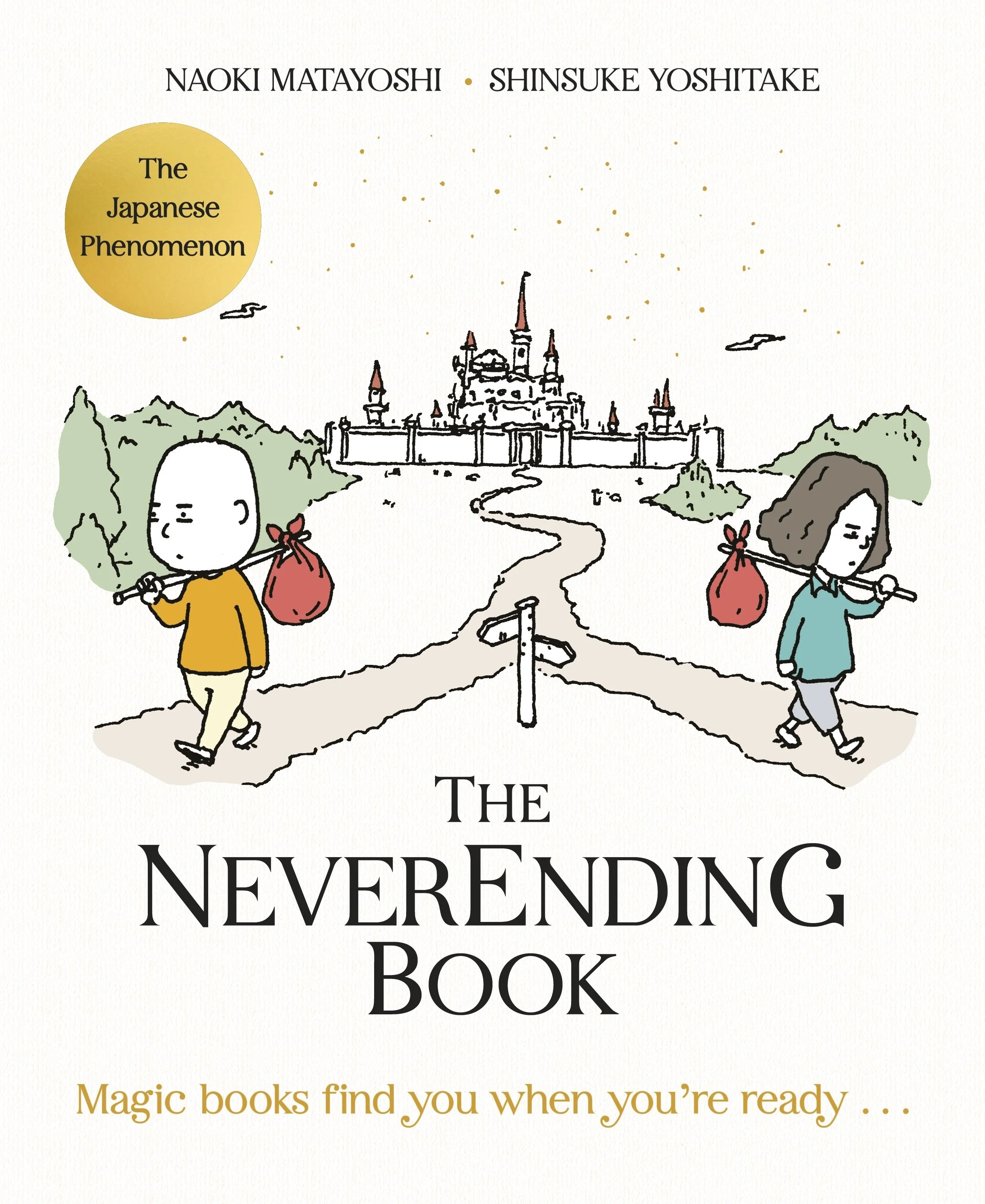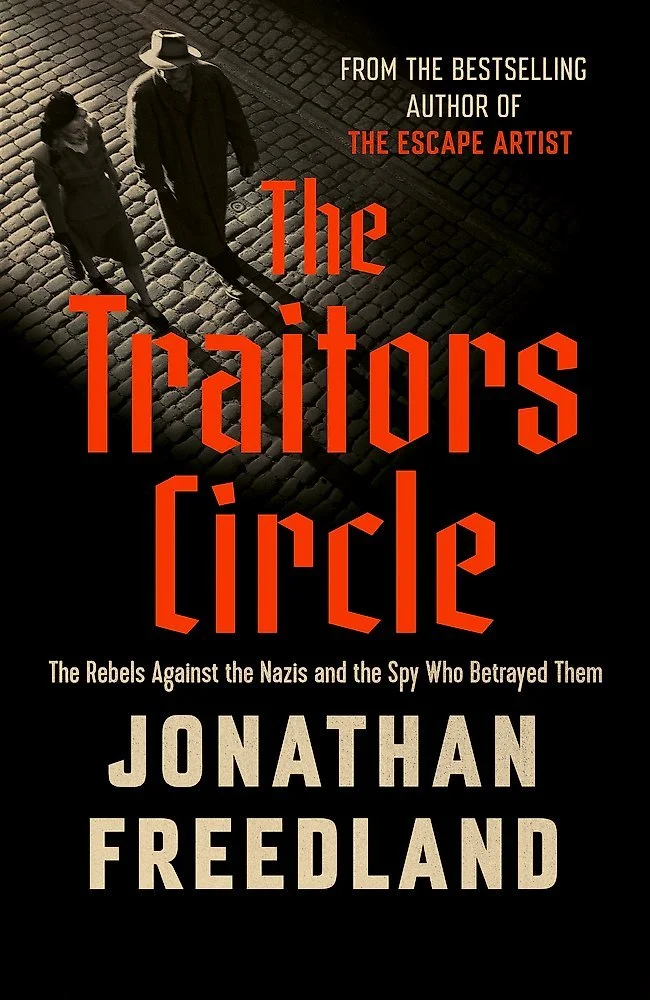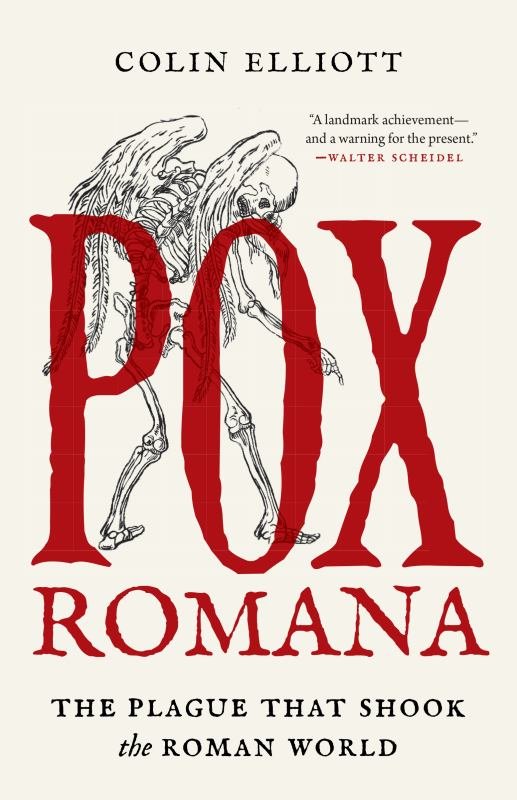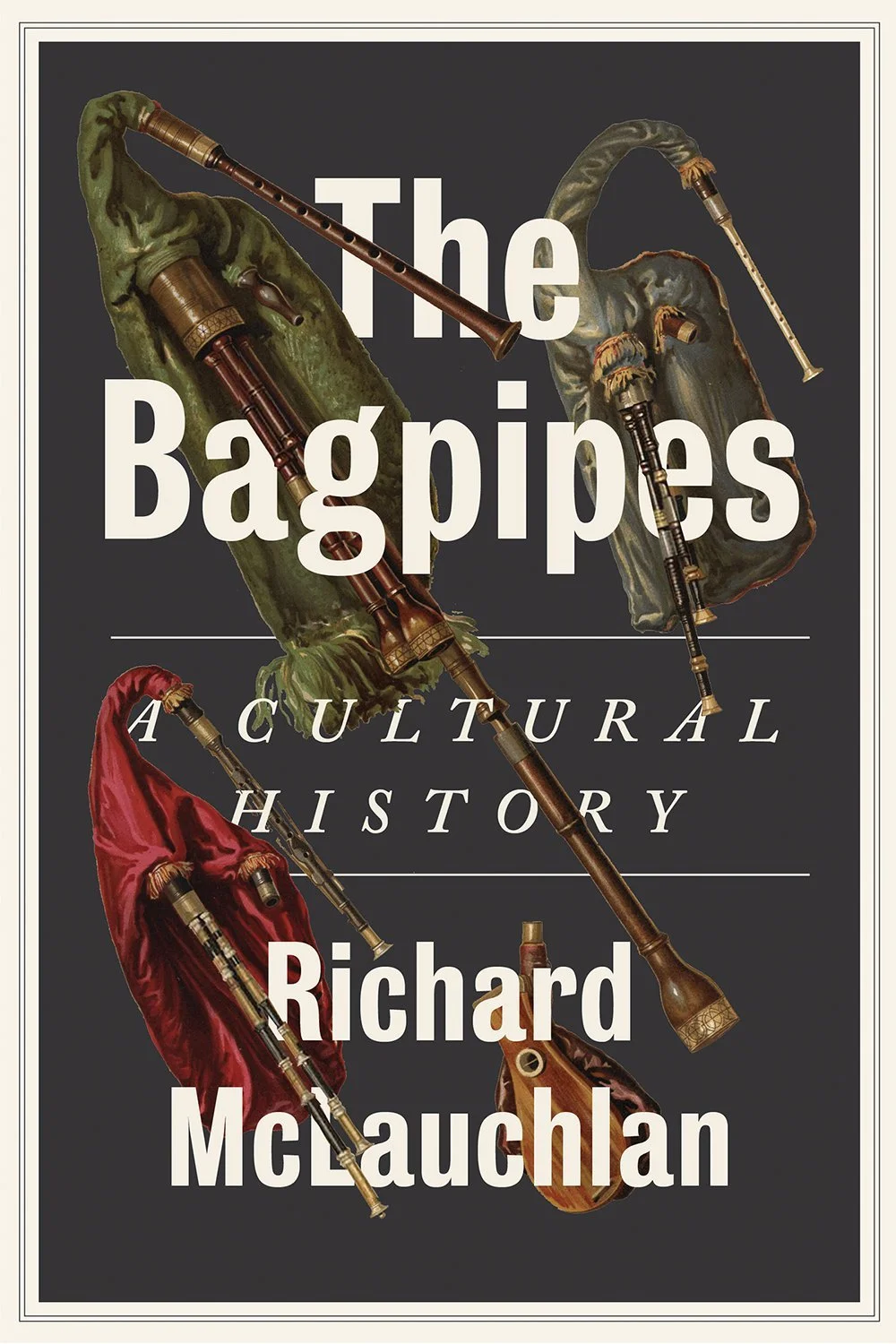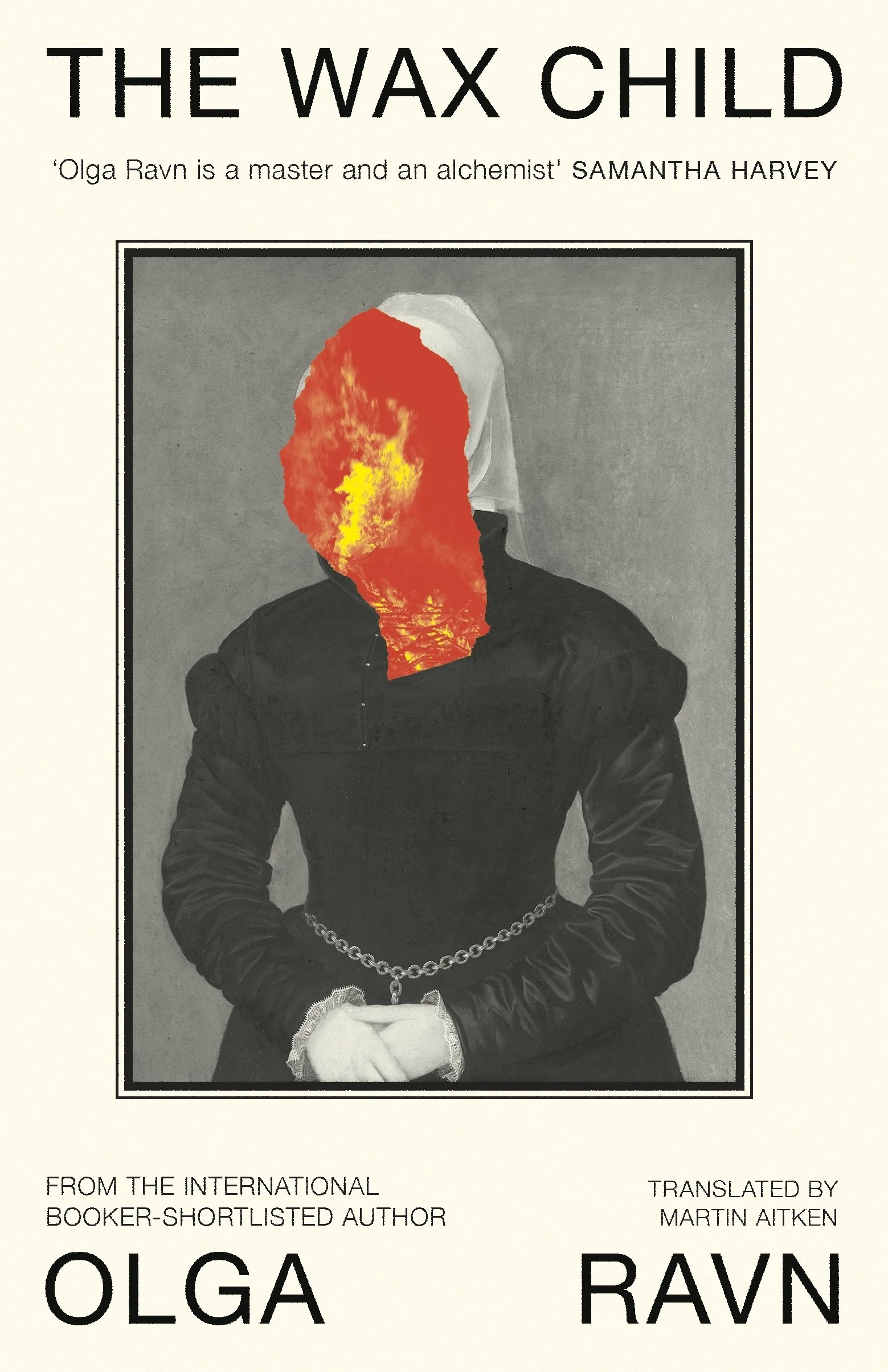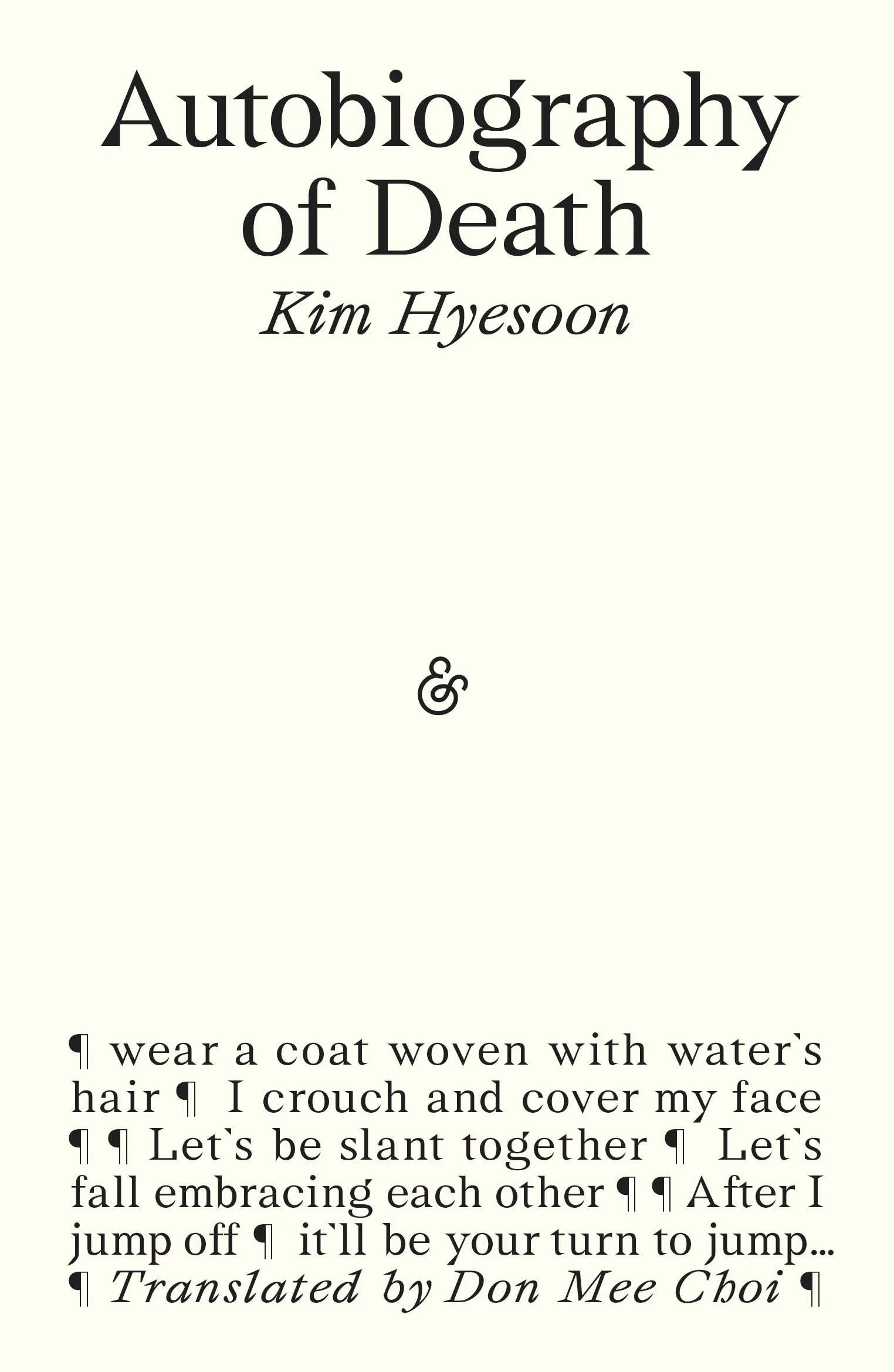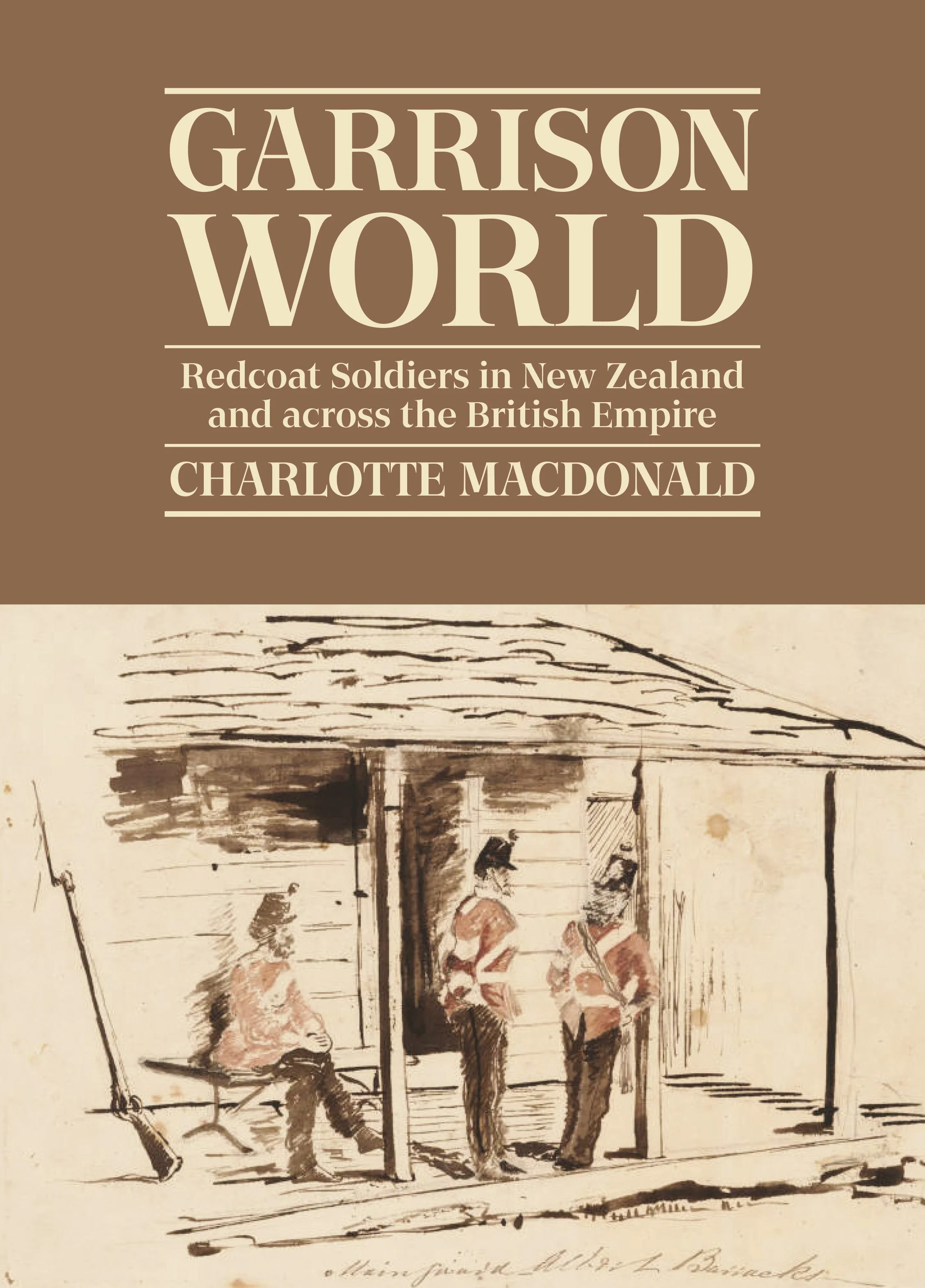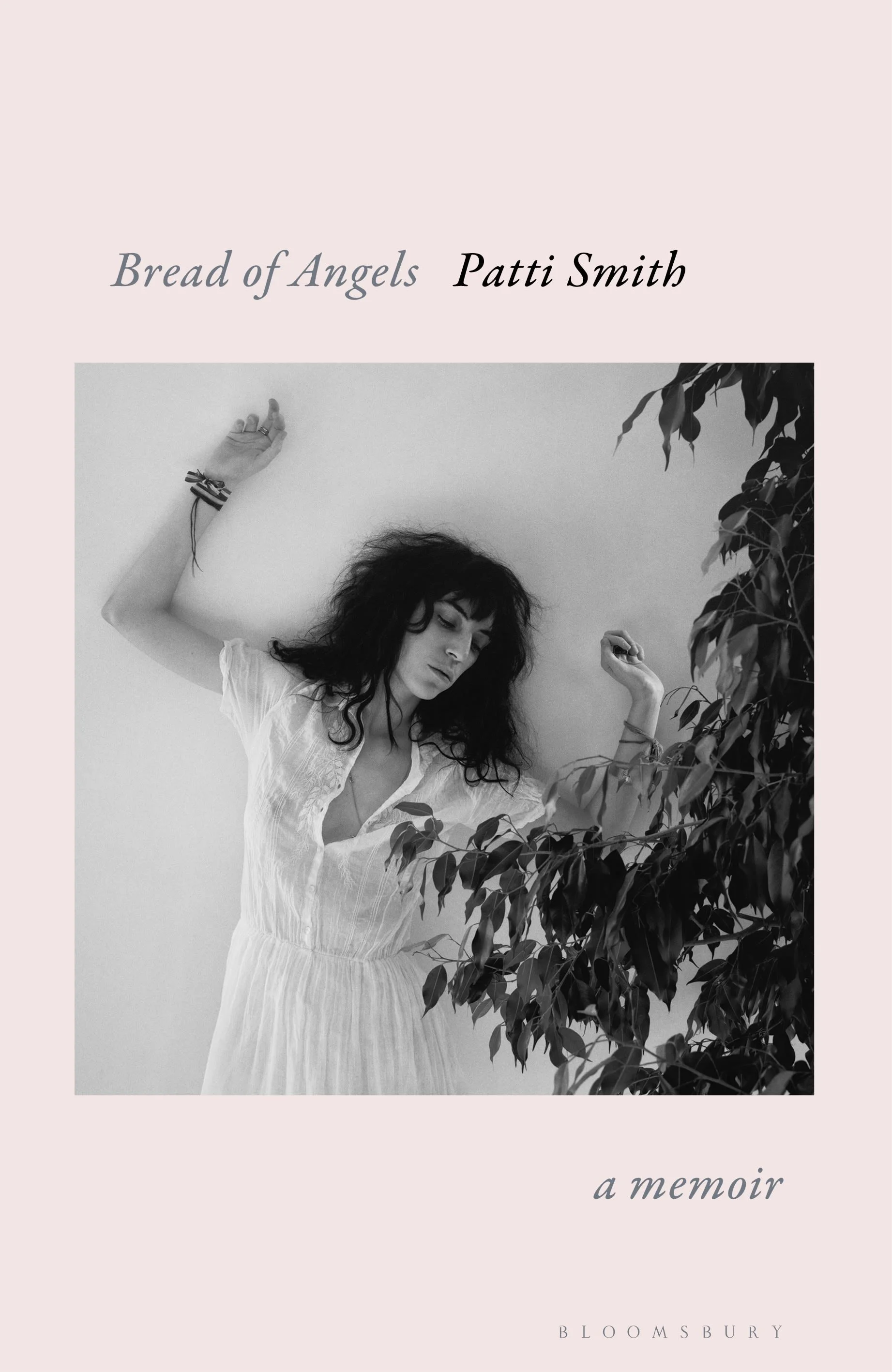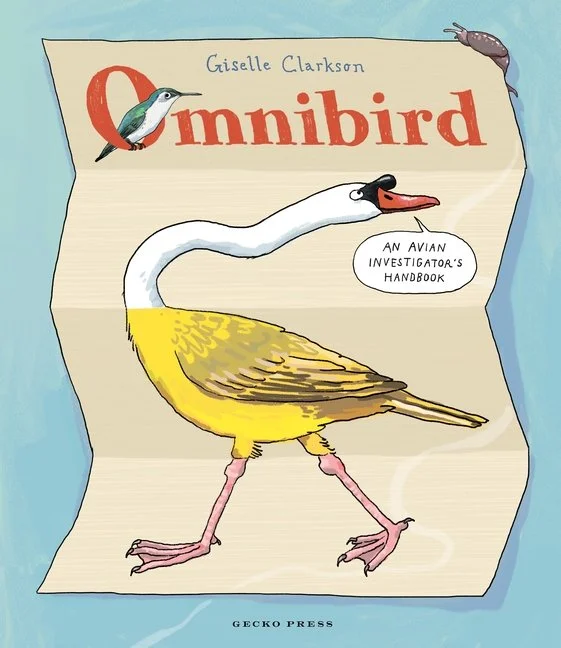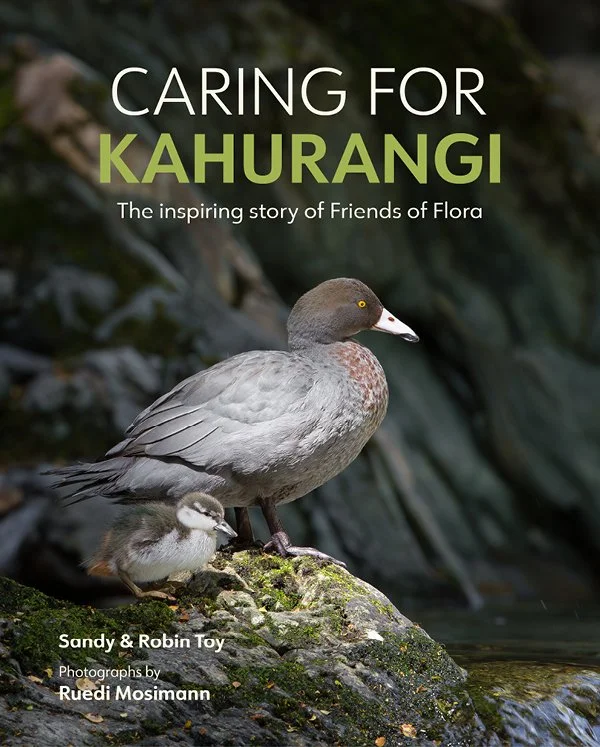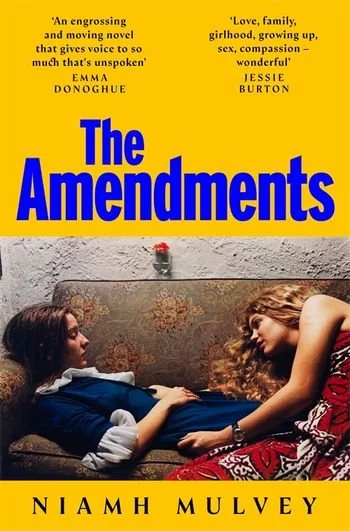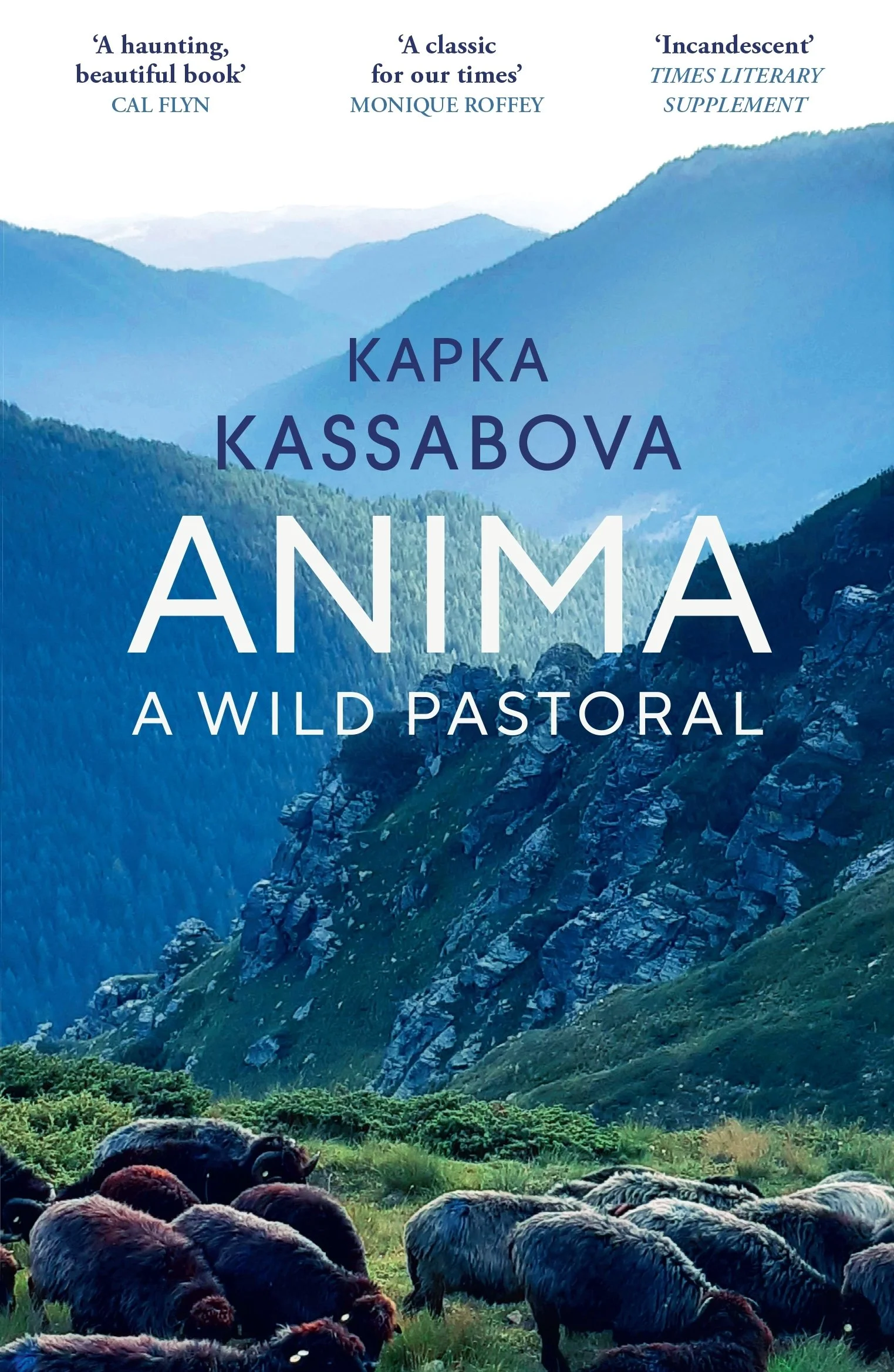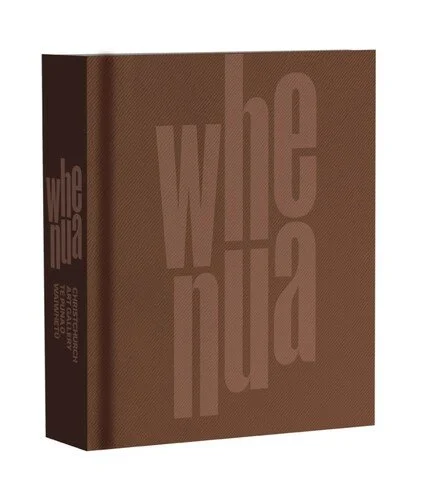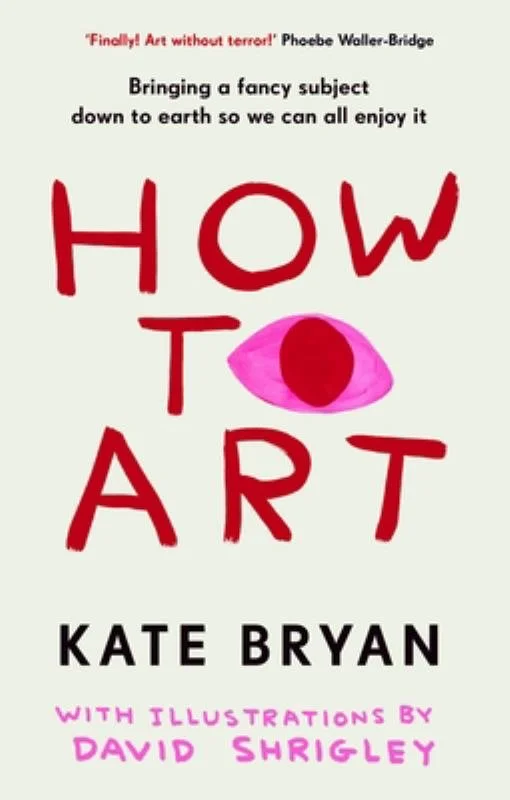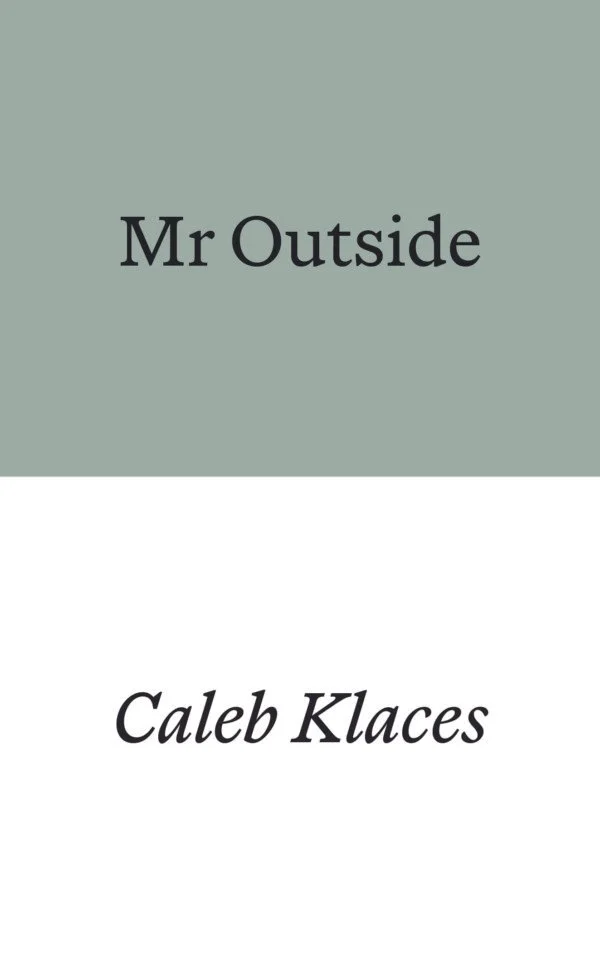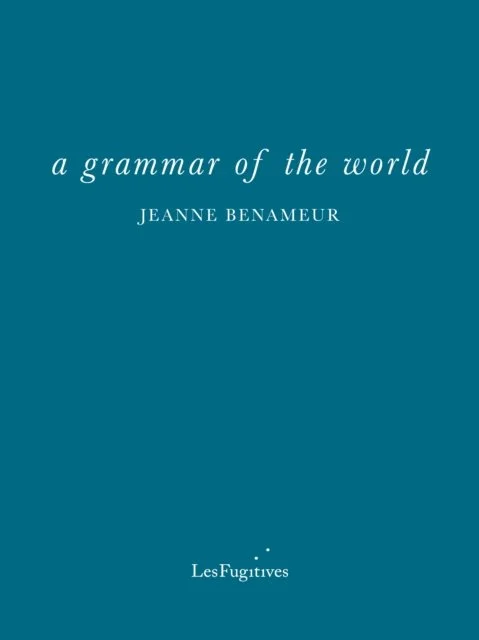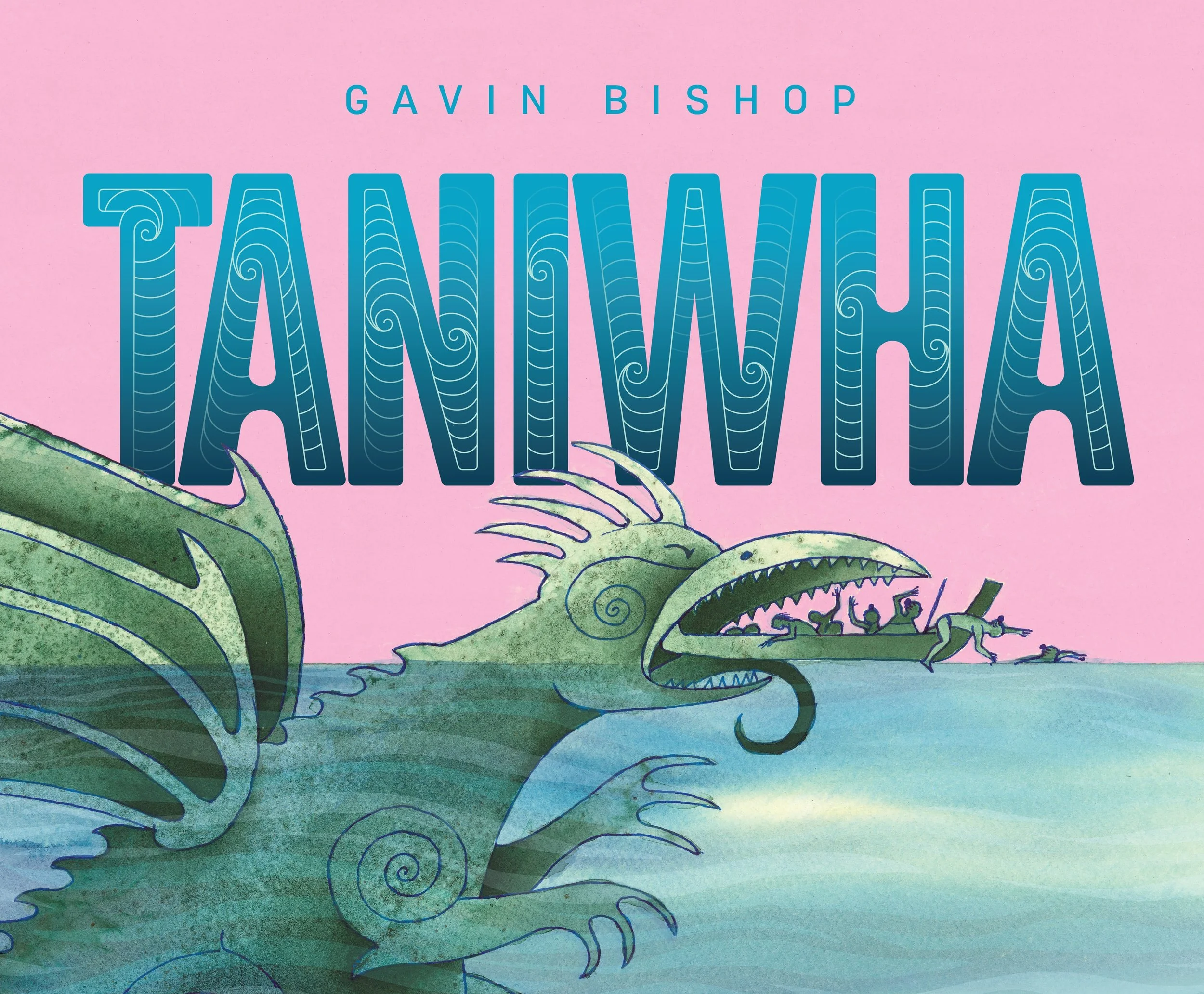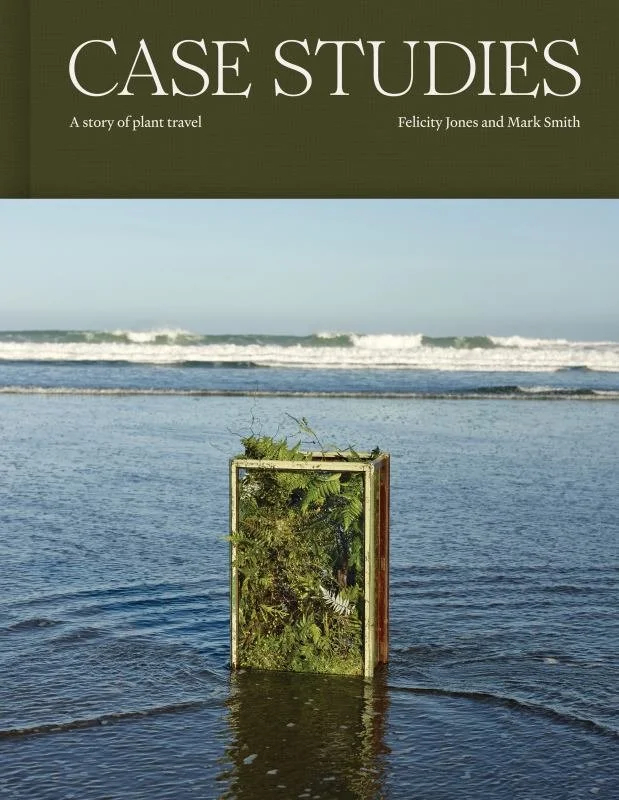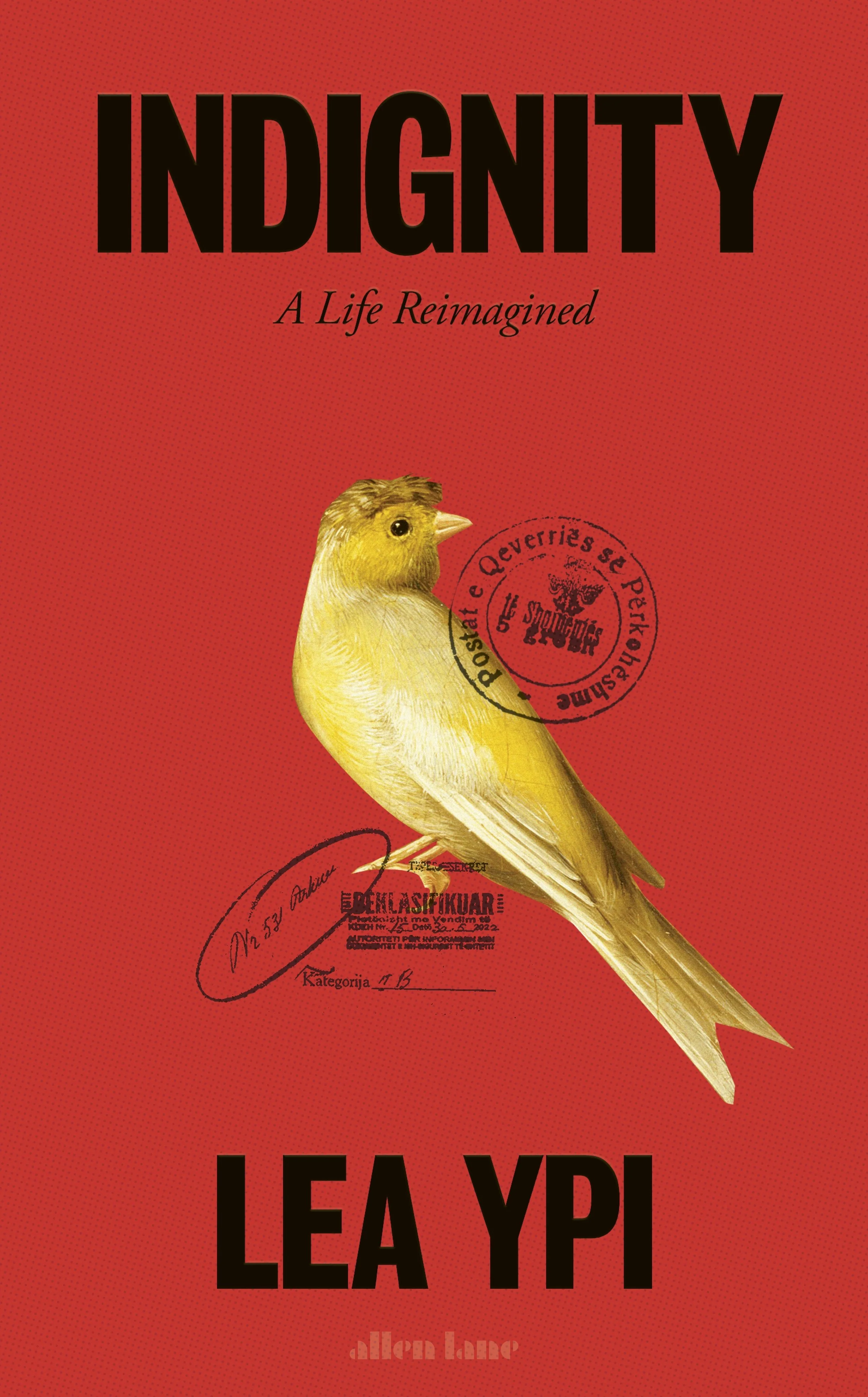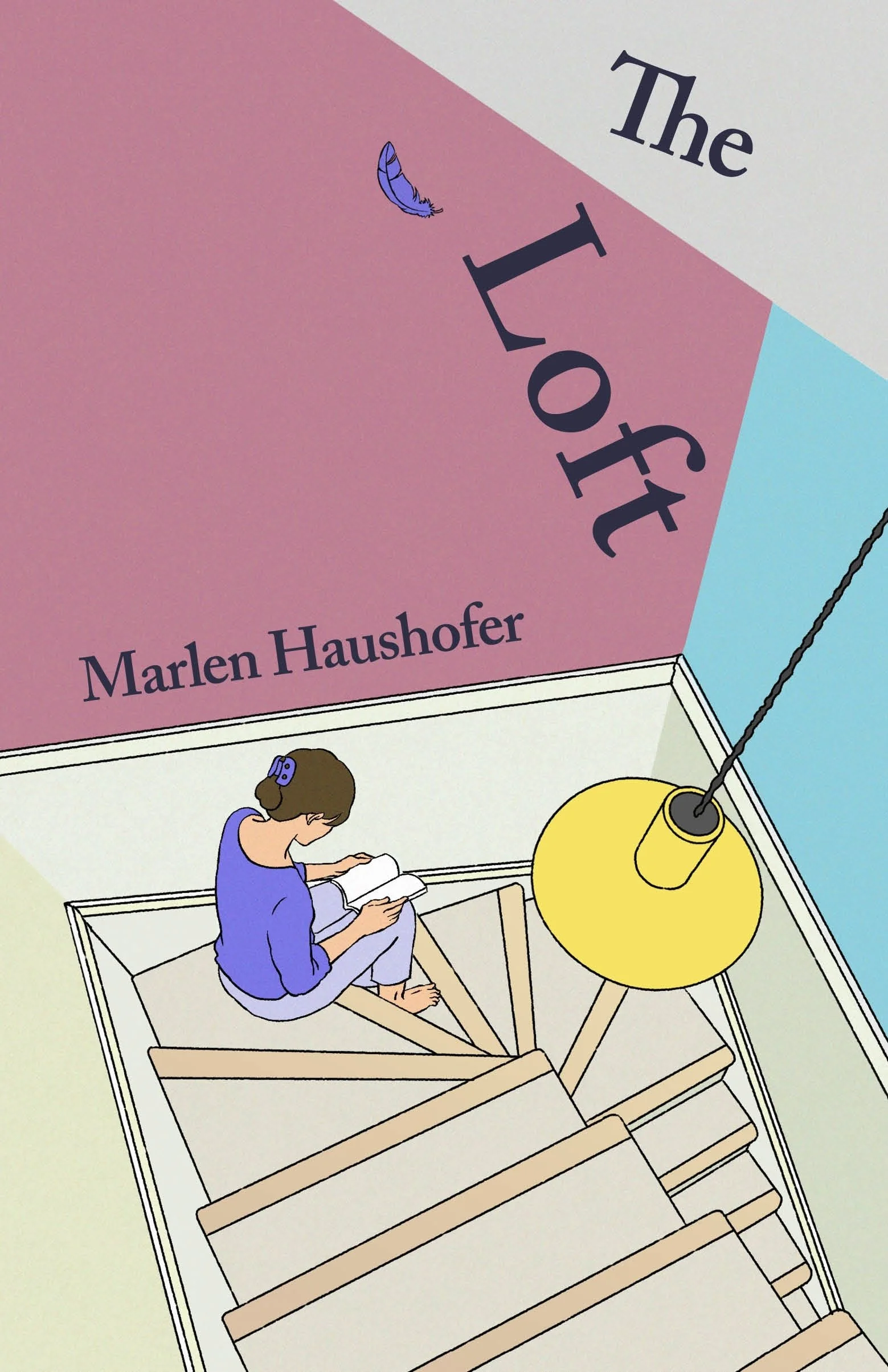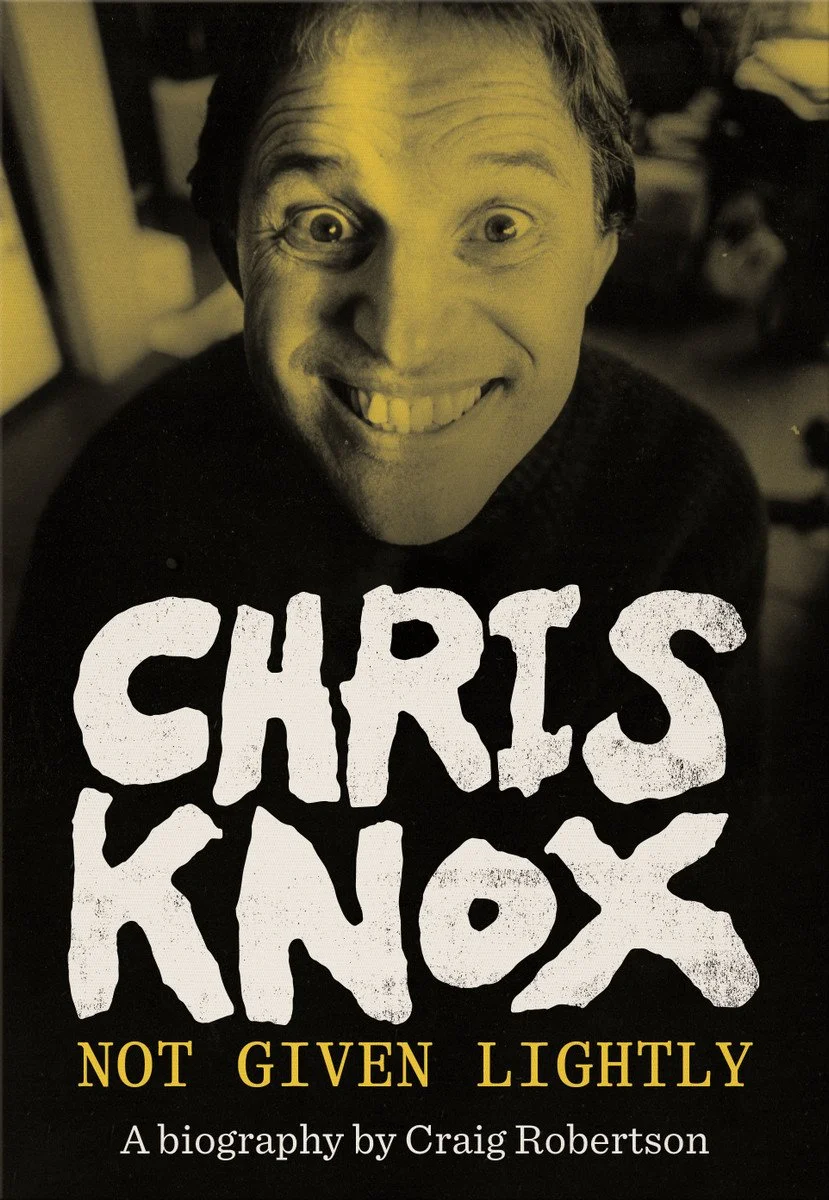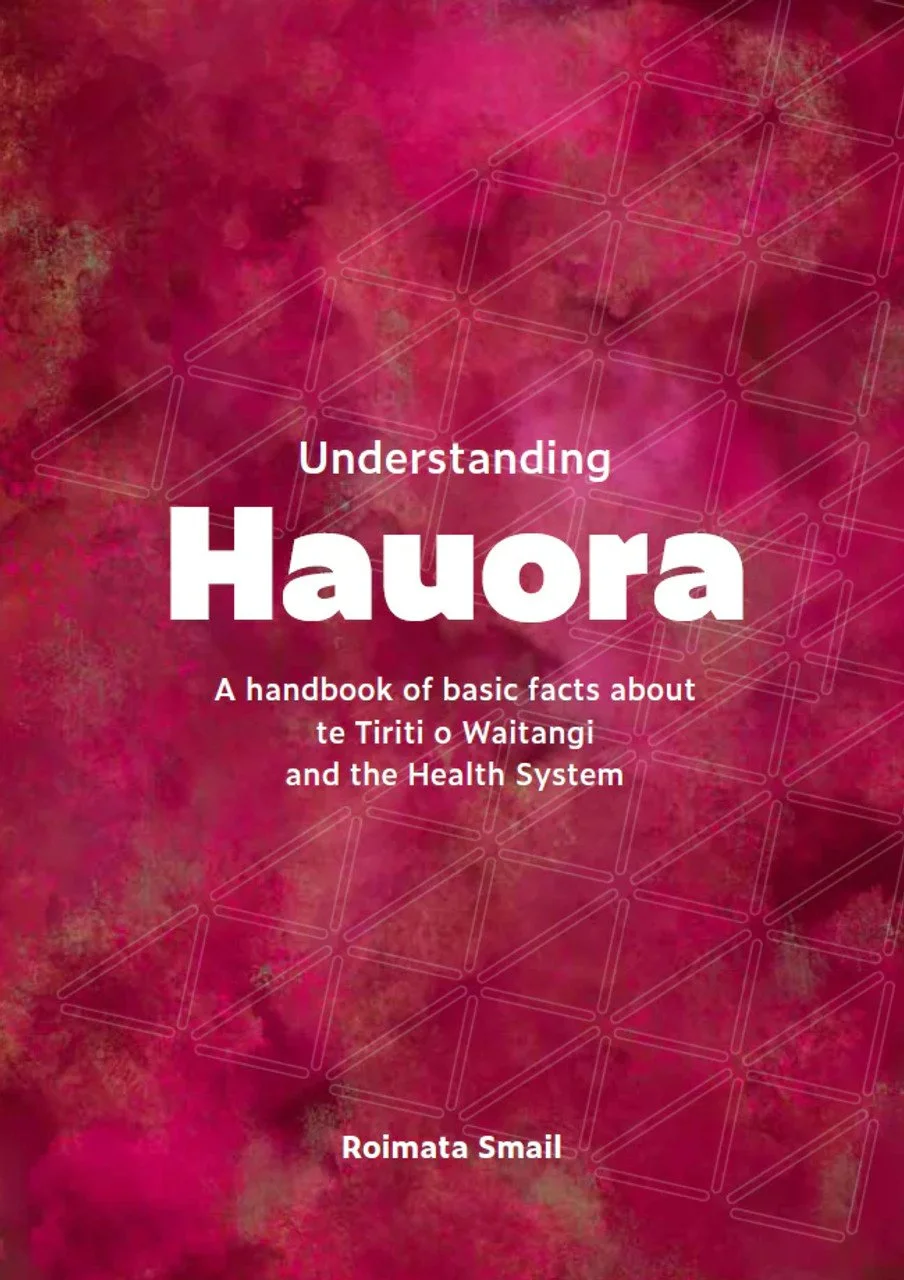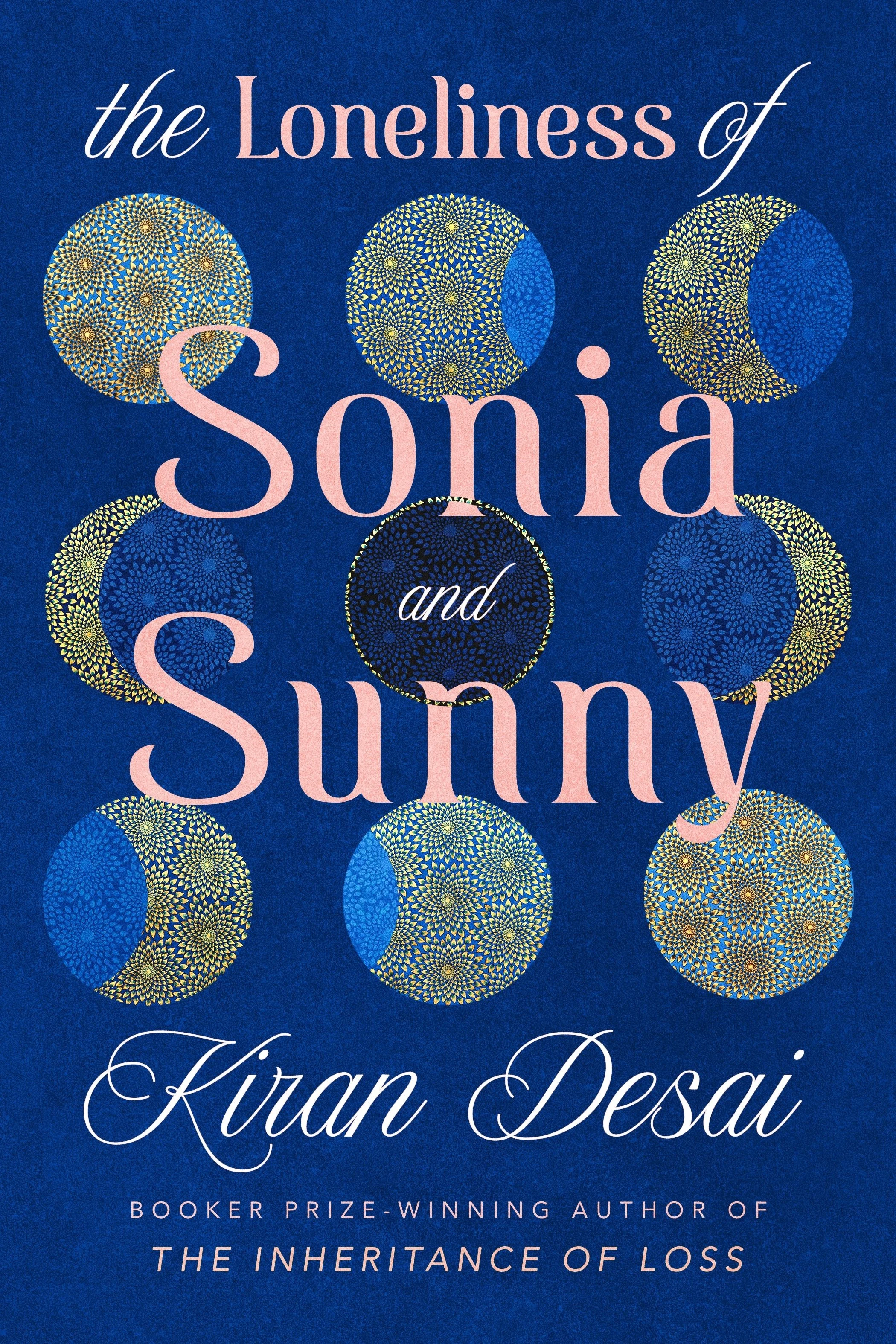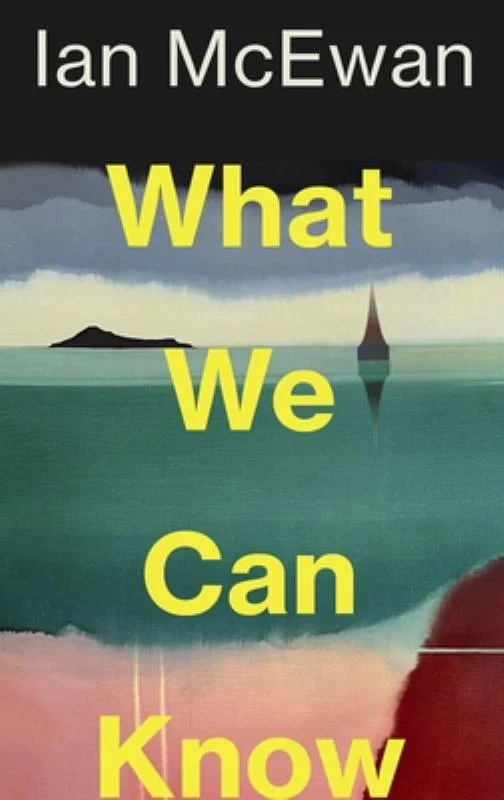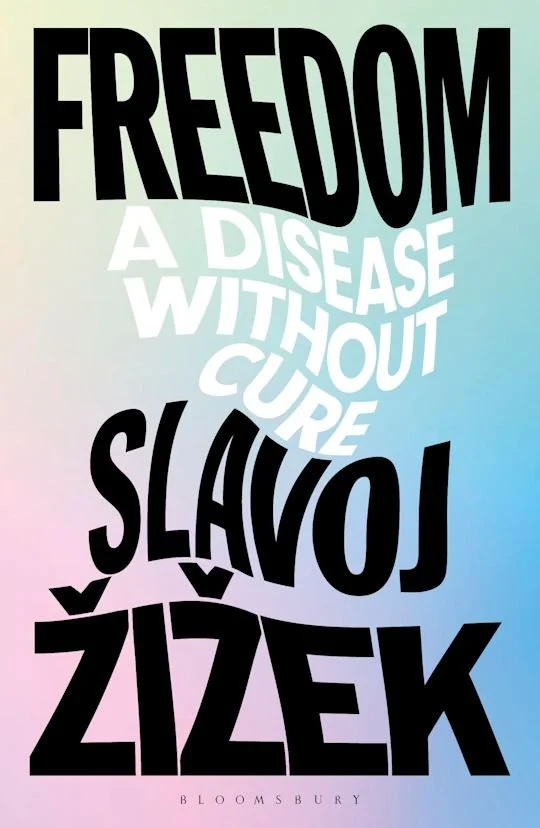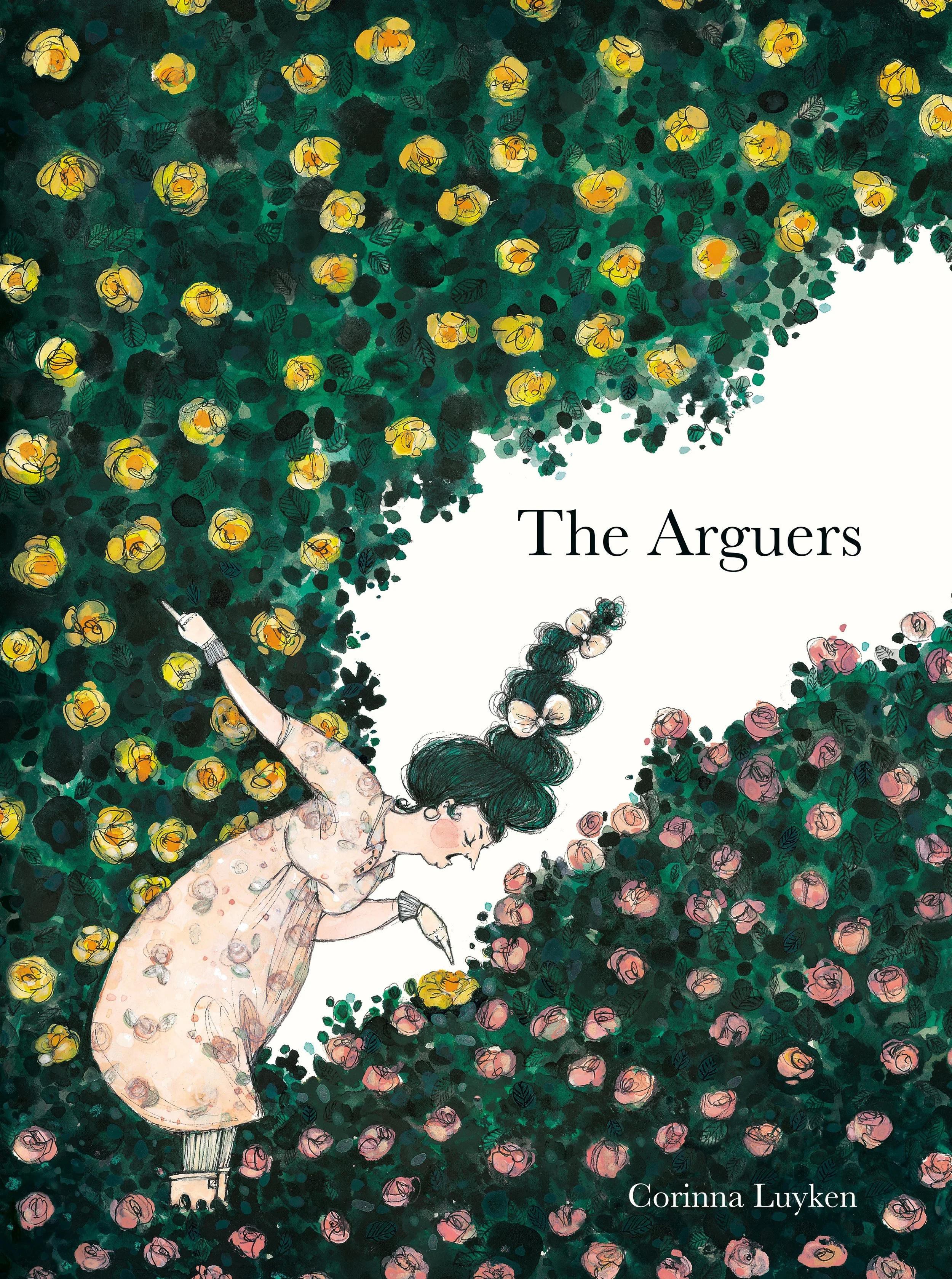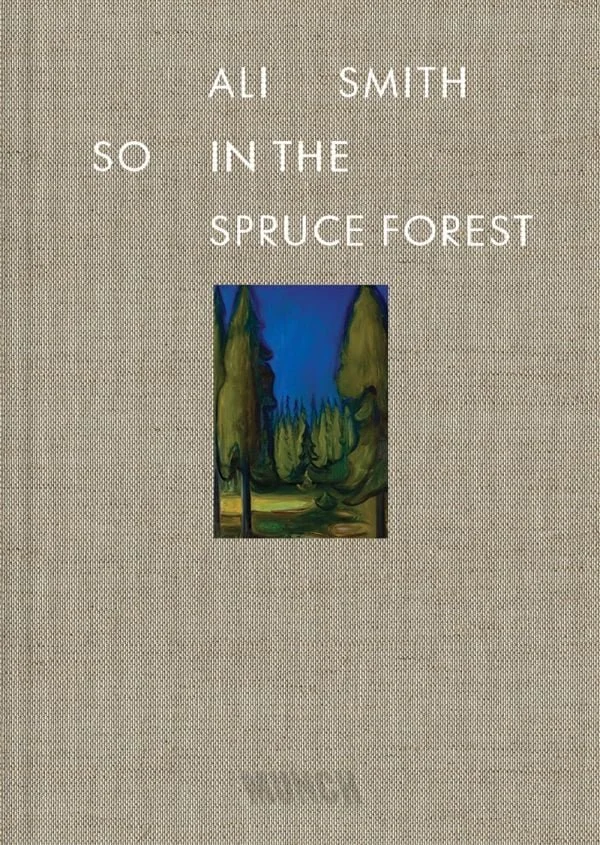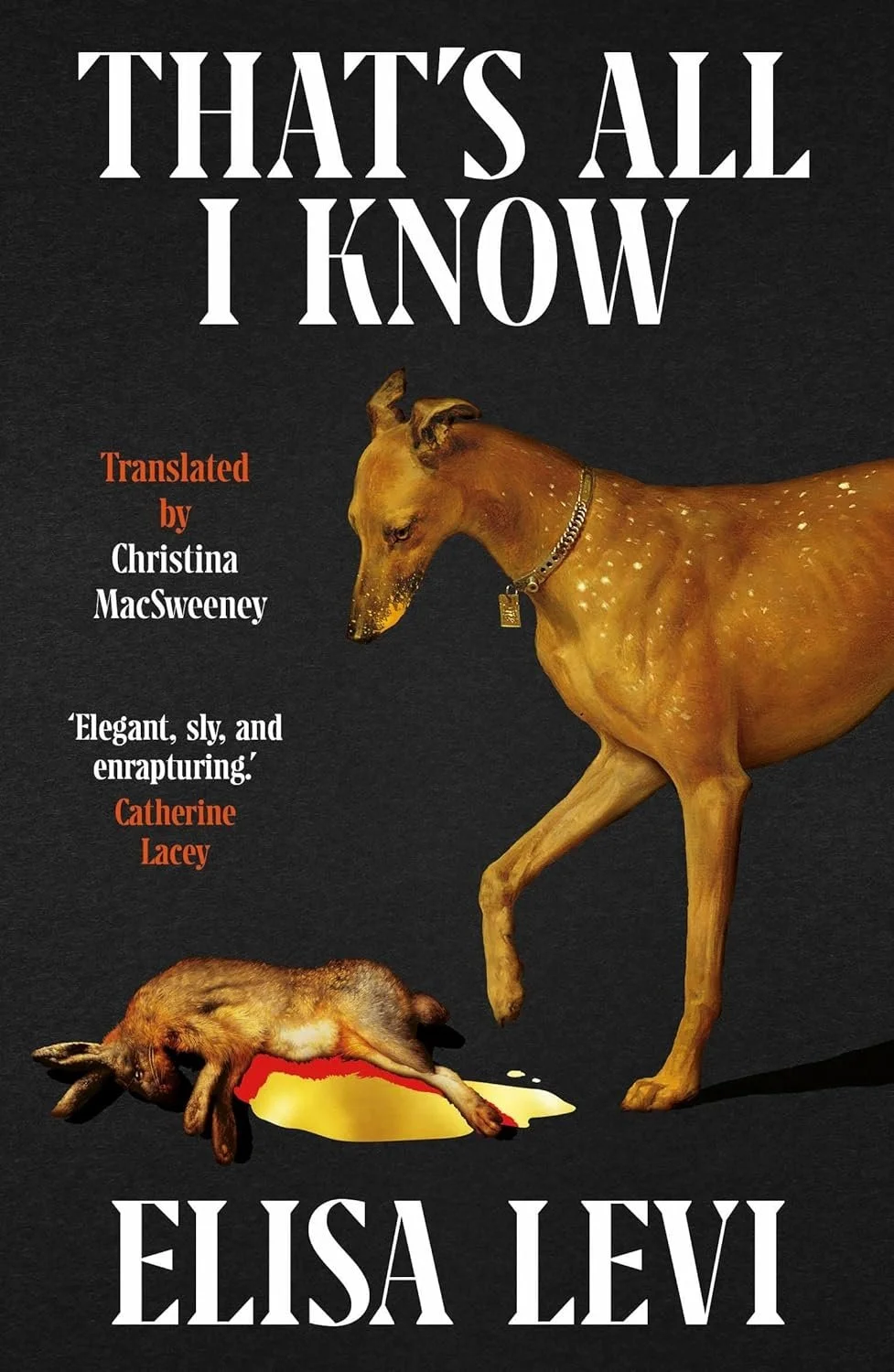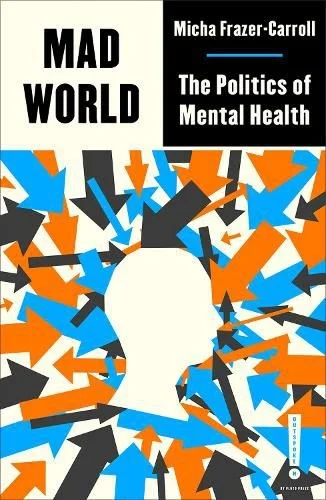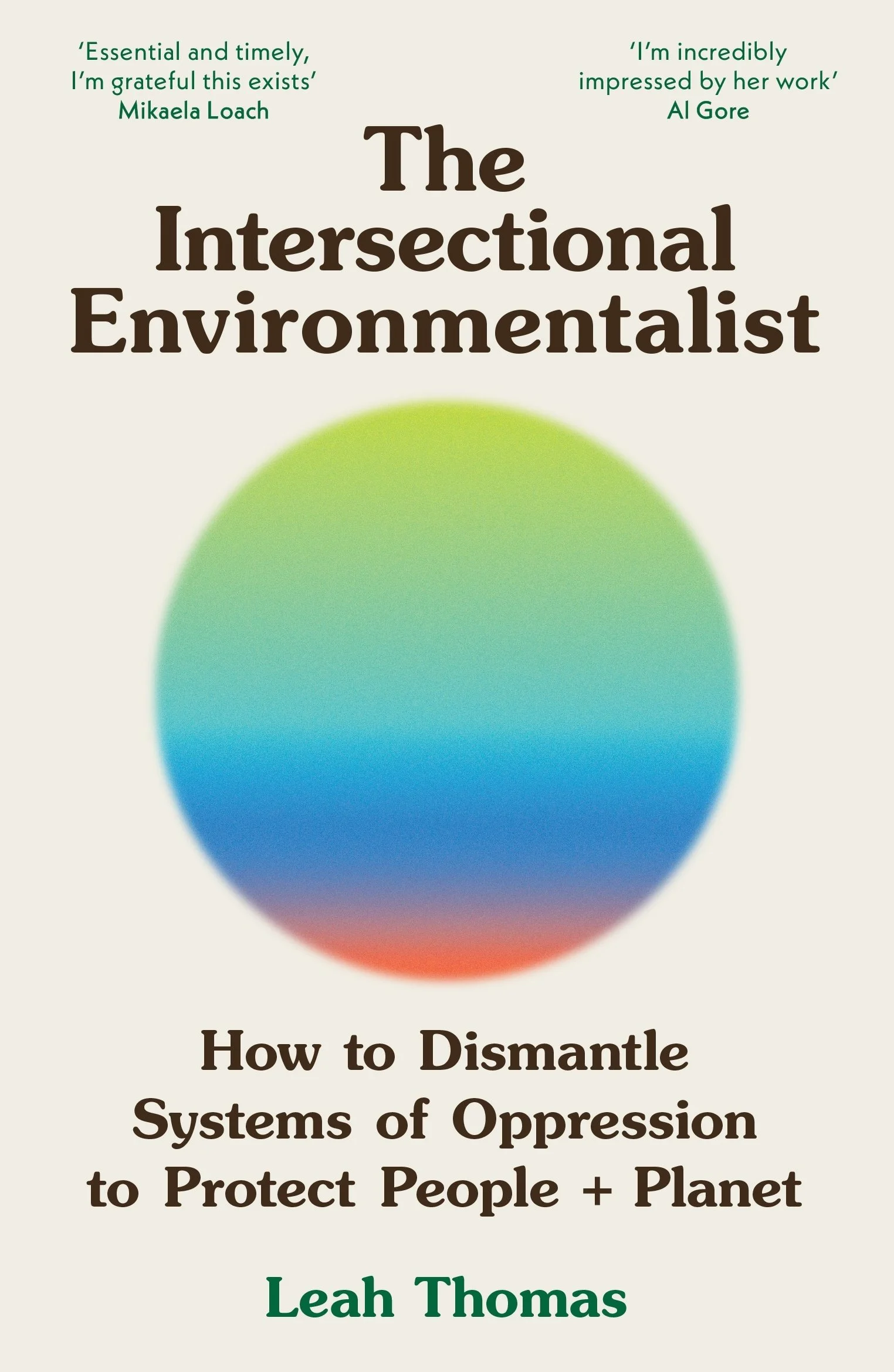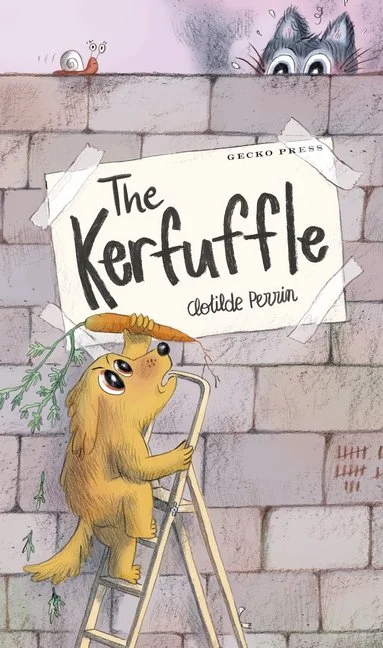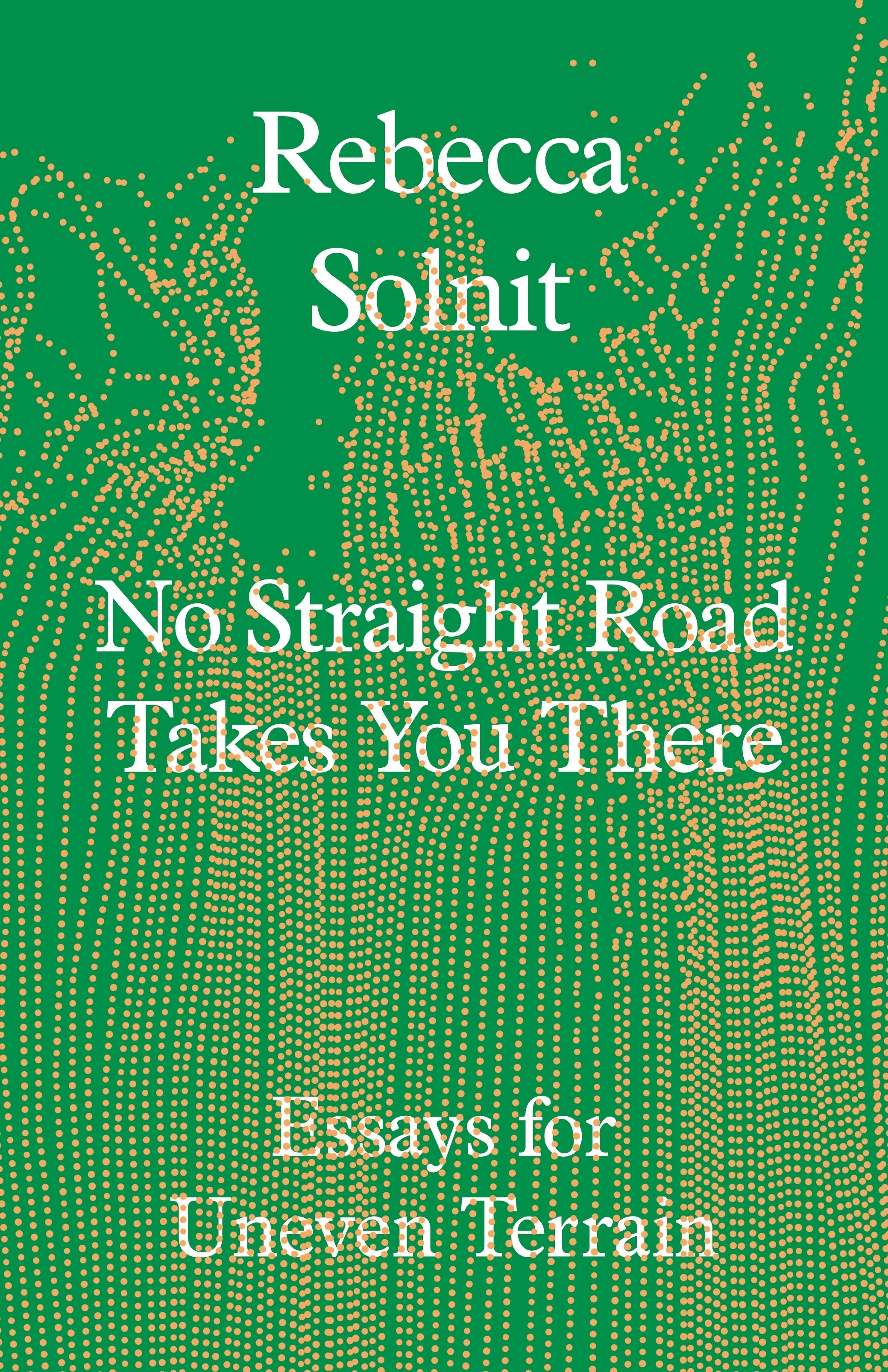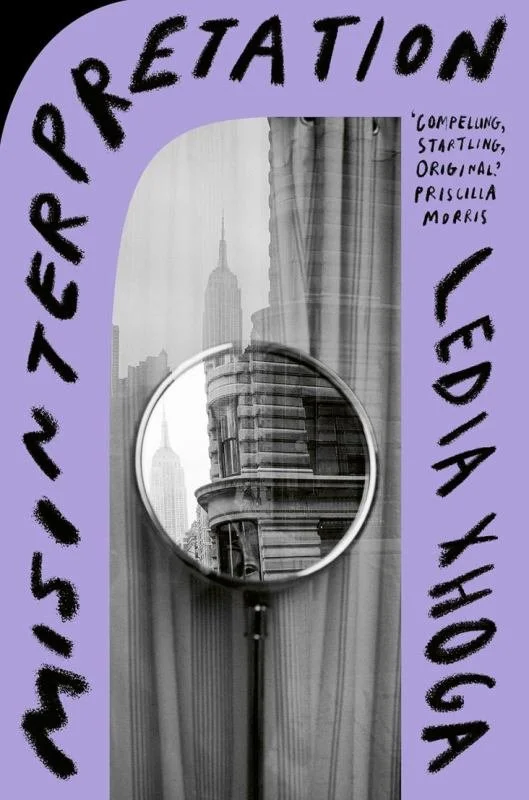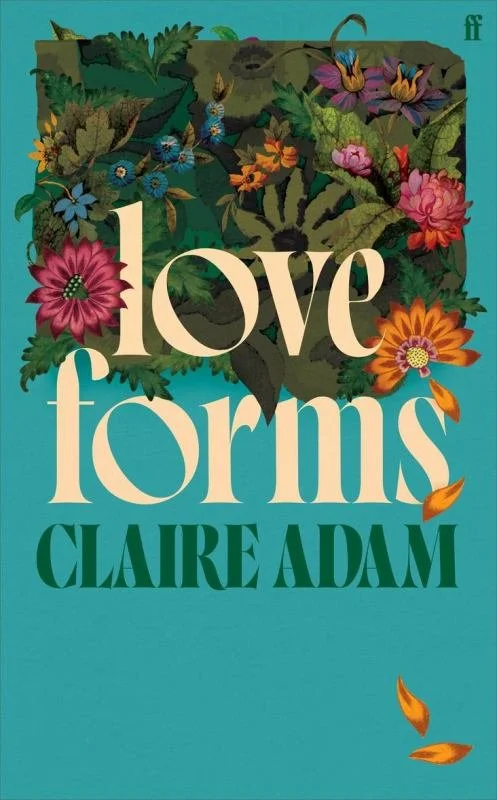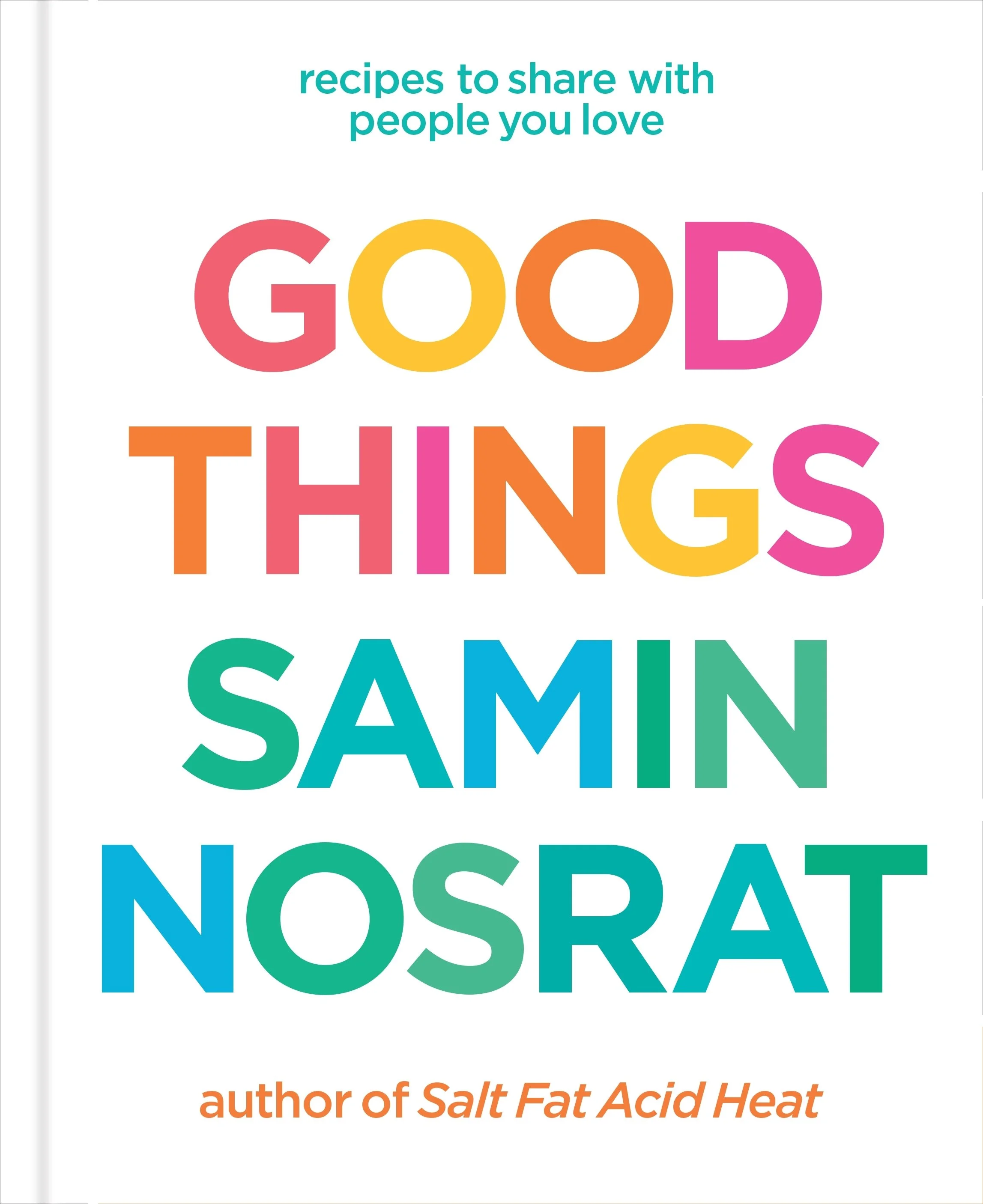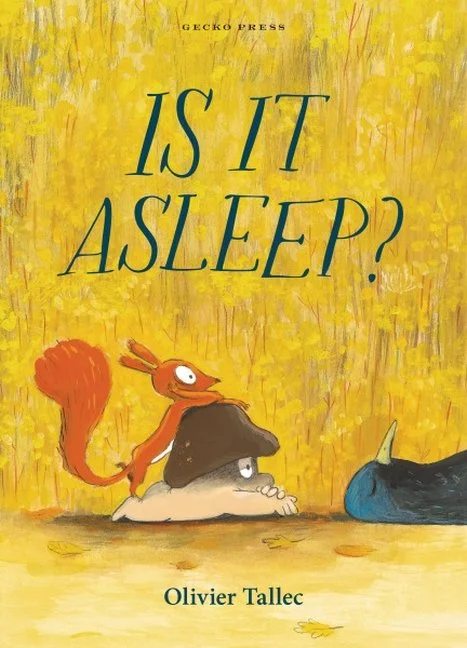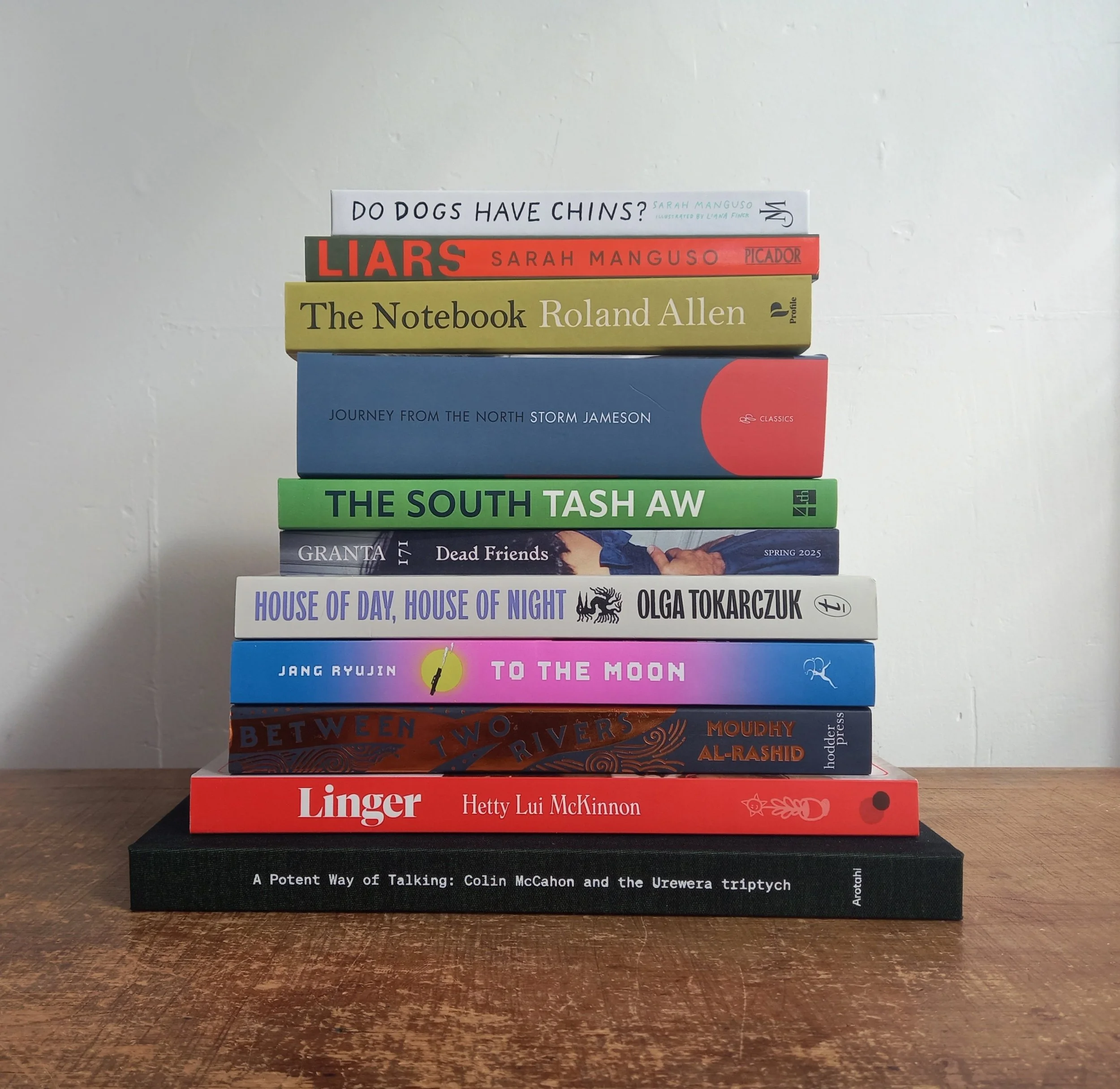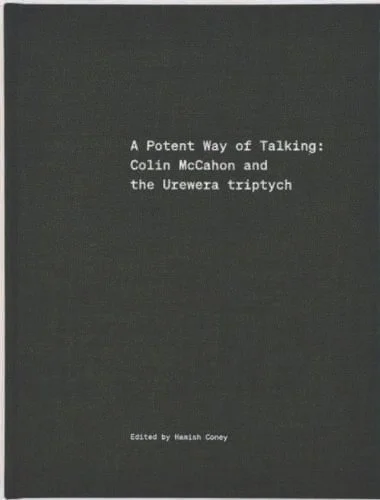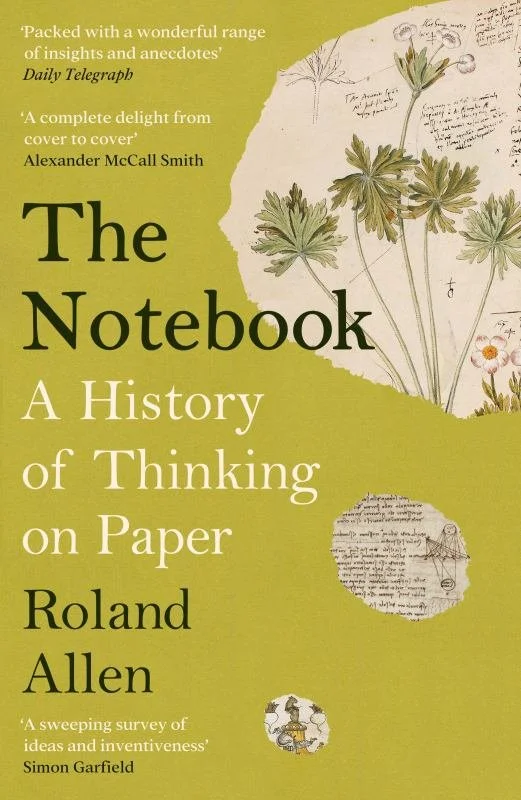It is not too late to get your books before Christmas — either as gifts or for your own summer reading. We advise the following cut-offs:
Urban delivery: high confidence: Monday 22nd, 3PM / possible: Tuesday 23th, 3PM
Rural delivery: high confidence: Friday 19th, 3PM / possible: Monday 22nd, 3PM
Collection from our door: you can collect books on weekdays 10—5 until Tuesday 23th, and then a brief window on Wednesday 24th: 9—11
Swimming Studies by Leanne Shapton $33
Intimate with chlorinated space; weightless yet limited; closed off to taste, sound, and most sight; acutely aware of the clock: this is a swimmer's state. When ten-year-old Leanne Shapton joins an Ontario township swim team with her brother, she finds an affinity for its rhythms — and spends years training, making it to the Olympic trials twice. Swimming Studies reflects on her time immersed in a world of rigour and determination, routine and competition, pairing together contemplative essays and paintings. Vivid details of an aquatic life appear: adolescence in suburban Canada, dawn risings for morning practice, bus rides with teammates, a growing collection of swimsuits, dips in lakes and oceans. When she trades athletic pursuits for artistic ones, the metrics of moving through water endure though her relationship to it becomes more relaxed. In these elegant and potent meditations, Shapton renders swimming as a mode of experiencing time, movement, and perspective, capable of shaping our lives in every environment. A delightful book, filled with Shapton’s own artworks and photographs of her swimsuit collection. [New paperback edition]
”Expresses what it's like to be haunted by the person one used to be, and the search for how that person exists in the present. Leanne Shapton writes with such curiosity, ruefulness, intelligence, and grace.” —Sheila Heti
>>Look inside!
Grave of the Fireflies by Akiyuki Nosaka (translated from Japanese by Ginny Tapley Takemori) $28
In the dying days of the War, children Seita and Setsuko must fend for themselves. Firebombs have obliterated their home in Kobe, leaving them searching for shelter, and scrambling to survive in the depths of the countryside. But, as their suffering becomes a constant companion, so do the lights of the fireflies — shining from the bomber planes, and the insects glowing by the lake at night. This unforgettable semi-autobiographical tale was written by Akiyuki Nosaka as an apology to his young sister, who died of malnutrition in the period after the firebombing, and won him the Naoki Prize, cementing his place in the Japanese cultural canon. Published here for the first time as a standalone story, Grave of the Fireflies illuminates the untold sorrows of ordinary people who lived in the shadow of war. [Paperback with French flaps]
>>The story was made into a memorable anime film.
A Room above a Shop by Anthony Shapland $33
From a new voice in Welsh literature, an atmospheric and poignant story of a relationship between two small-town Valleys men during the late 1980s. When two quiet men form a tentative connection neither knows where it might lead. M has inherited his family's ironmongery business and B is younger by eleven years and can see no future in the place where he has grown up, but when M offers him a job and lodgings, he accepts. As the two men work side by side in the shop, they also begin a life together in their one shared room above — the kind of life they never imagined possible and that risks everything if their public performance were to slip. Unfolding in South Wales against the backdrop of Section 28, the age of consent debate and the HIV and AIDS crisis, this is a tender and resonant love story, and a powerful debut. [Hardback]
”It was a joy to read, such a tender story, the finespun prose and meticulous description.” — Sara Baume
”An atmospheric portrayal of gay, working-class life in a South Wales Valley, to read A Room Above a Shop is to feel held within the hands of a master craftsman in control of his form. I dare anyone to read this and not feel the ache of M and B's story, their solitude and their desire.” —Joshua Jones"
“There's a moving uncertainty, a vulnerability on the page that allows the reader to hear, and to listen. There's a quiet, brave strength in that.” —Cynan Jones
>>Landing in a scene, writing yourself out.
Greyhound by Joanna Pocock $37
Combining memoir, reportage, environmental writing and literary criticism, Greyhound is a moving and immersive book that captures an America in the throes of late capitalism. In 2006, in the wake of several miscarriages, Joanna Pocock travelled by Greyhound bus across the US from Detroit to Los Angeles. Seventeen years later, now in her 50s, she undertakes the same journey, revisiting the same cities, edgelands, highways and motels in the footsteps of the few women writers — Simone de Beauvoir, Ethel Mannin and Irma Kurtz — who chronicled their own road trips across the US. In Greyhound, Pocock explores the overlap of place and memory, the individual with the communal, and the privatisation of public space, as she navigates two very different landscapes — an earlier, less atomised America, and a current one mired in inequality, as it teeters on the brink of environmental catastrophe. Her focus is on the built-upon environment: the rivers of tarmac, the illuminated gas stations, the sprawling suburbs and the sites of extraction created specifically to fuel contemporary life. [Paperback with French flaps]
”In Greyhound, Pocock takes us on an epic road trip through American landscapes, through urban dreams and nightmares. Along the way, she asks: how can our material comfort coexist with the impoverishment of nature? How much degradation do we have to witness before we change our way of living? With an exquisite and beautifully reflective prose, Pocock explores a heart of darkness, and expresses a deep desire and need to connect with the earth. It is a wonderful and vivid text from one of our most important ecofeminist writers.” —Xiaolu Guo
The Crying of the Wind: Ireland by Ithell Colquhoun $30
Into the world of 1950s Ireland — a lushly green, windswept landscape studded with holy wells and the decaying country houses of a vanished ruling class — arrives Ithell Colquhoun. An occultist and a surrealist painter, Colquhoun's travels around the island are guided by her artist's eye and her feeling for the world beyond our own, as well as her spikily humorous view of the people she meets. We encounter faeries and pagan rituals, ruined churches and Celtic splendour, rowdy bohemians and Anglo-Irish landowners fallen on hard times, as the author carouses through Dublin and tramps the hills of Connemara in this classic travelogue. Through her unique perceptions we discover a land that is fiercely alive and compelling. It is a place where the wind cries, the stones tell old tales and the mountains watch over the roads and those who travel on them. By intuiting the eerie magic of Ireland, Colquhoun offers up a land of myth and legend, stripped of its modern signs, at the same time offering herself to the reader in this portrait of the artist as a young woman. Richly visual and full of sly wit, this is an account of Ireland as only Colquhoun could see it, a land where myth and magic meet wind and rain, and the song of the secret kingdom is heard on city streets. [Paperback]
>>Also available: The Living Stones: Cornwall.
Against Identity: The wisdom of escaping the Self by Alexander Douglas $50
Modern life encourages us to pursue the perfect identity. Whether we aspire to become the best lawyer or charity worker, life partner or celebrity influencer, we emulate exemplars that exist in the world — hoping it will bring us happiness. But this often leads to a complex game of envy and pride. We achieve these identities but want others to imitate us. We disagree with those whose identities contradict ours — leading to polarisation and even violence. And yet when they thump against us, we are ashamed to ring hollow. In Against Identity, philosopher Alexander Douglas seeks an alternative wisdom. Searching the work of three thinkers — ancient Chinese philosopher Zhuangzi, Dutch Enlightenment thinker Benedict de Spinoza, and 20th Century French theorist René Girard — he explores how identity can be a spiritual violence that leads us away from truth. Through their worlds and radically different cultures, we discover how, at moments of historical rupture, our hunger for being grows: and yet, it is exactly these times when we should make peace with our indeterminacy and discover the freedom of escaping our selves. [Hardback]
”A profound meditation upon the way we perceive ourselves and the pits we frequently fall into, either as individuals or as groups, from the schoolyard to the nation state. Against Identity is revelatory, written with singular clarity and granite purpose, using little-known philosophies to think better and live with less turmoil, self-torture and aggression. In times of pessimism and chaos, it is a welcome voice of optimism and possibility.” —Richard Whatmore
”A philosophically rigorous yet impassioned critique of identity as both metaphysical error and social pathology. What the book offers is not an ethic of self-expression but a practice of disidentification: a way of letting go that is neither defeatist nor escapist, but attentive to the costs of identity and the possibilities that open up when we cease to grasp. Against Identity is generous, incisive, and quietly radical.” —Christine Tan
Two Lights: Walking at dawn and dusk on a turning planet by James Roberts $28
With acuity and insight, James Roberts paints a portrait of a life and its landscapes, creating connections with wild creatures and places, from swans in the Cambrian Mountains to wolves in the Pacific Northwest. By walking at dawn and dusk, in the two lights of awakening and deepening — through the stripped, windswept hills of Wales, and the jungles and savannahs of Africa — he navigates from a soul-stripping sense of loss towards hope in the future. In the presence of wild creatures he finds a way back to life. [Paperback]
”A beautifully written, wonderfully tender — and ultimately hopeful — journey through all that we stand to lose on this ever-more-challenged Earth.” —Sharon Blackie
”Deeply personal yet always outward looking, James Roberts delights in the world he discovers about him. Yet he also trembles, because he understands like winter light, that world is diminished... and diminishing. Two Lights reveals why all of us should be writers.” —Robert Minhinnick
French Windows by Antoine Lauraine (translated from French by Louise Rogers Lalaurie) $28
Nathalia Guitry is an enigma that psychotherapist Doctor Faber can't solve. A photographer who can't take photographs since witnessing a murder, she is self-assured, self-aware, and seemingly impervious to his usually effective techniques. He hasn't been able to stop thinking about her since she walked into his consulting room and shattered his predictable professional routine. Desperate to break through Nathalia's uncrackable façade, he proposes something unusual: she'll write him a story about each resident of the building opposite, moving up floor by floor. But as the therapy progresses, he finds his own mask beginning to slip as he becomes consumed by her tales. How does she know so much about these strangers' lives? And what's waiting on the final floor? [Paperback]
”Admirably concise; intriguing, comic and poignant by turns, this is a sheer delight.” — The Guardian
State of Paradise by Laura van den Berg $38
It’s another summer in a small Florida town. After an illness that vanishes as mysteriously as it arrived, everything appears to be getting back to normal: soul-crushing heat, torrential downpours, sinkholes swallowing the earth, ominous cats, a world-bending virtual reality device being handed out by a company called ELECTRA, and an increasing number of posters dotting the streets with the faces of missing citizens. Living in her mother’s home, a ghostwriter for a famous thriller author tracks the eerie changes. On top of everything else, she’s contending with family secrets, spotty memories of her troubled youth, a burgeoning cult in the living room, and the alarming expansion of her own belly button. Then, during a violent rainstorm, her sister goes missing. She returns a few days later, sprawled on their mother’s lawn and speaking of another dimension. Now the ghostwriter must investigate not only what happened to her sister and the other missing people but also the uncanny connections between ELECTRA, the famous author she works for, and reality itself. A sticky, rain-soaked reckoning with the elusive nature of selfhood and storytelling, Laura van den Berg’s State of Paradise is an intricate and page-turning whirlwind. With inimitable control and thrilling style, van den Berg reaches deep into the void and returns with a story far stranger than either reality or fiction. [Paperback]
"The novel form may be a 'pretty outdated technology’, as the narrator laments. But once a writer like van den Berg gets its creaky gears turning, it can still do what it's always done best: reflect our selves back at us and into the world, in all their wildness and weirdness." —Ruth Franklin, The New York Times
"With exquisite prose, smart lines on every page, a building sense of growing strangeness tinged with dread, and surprises all the way to the end, State of Paradise might be van den Berg's best novel so far — and that's saying a lot. A narrative that constantly feels like its dancing on the border between fiction and nonfiction despite all the weirdness it contains, this book is at once an adventure and a treat, a deep study of Florida's psychogeography and a creepy story about ghosts, missing people, cults, and technology. Don't miss it." —Gabino Iglesias
>>Haunted by the old self.
>>Merging autofiction with speculative fiction.
>>This is not the novel its author set out to write.
I Was a Rat! Or, The Scarlet Slippers [and] The Scarecrow and His Servant by Philip Pullman, illustrated by Peter Bailey $37
”I was a rat!” So insists a scruffy boy named Roger. Maybe it's true, but what is he now? A terrifying monster running wild in the sewers? The Daily Scourge is sure of it. A victim of 'Rodent Delusion'? The hospital nurse says yes. A lucrative fairground attraction? He is to Mr. Tapscrew. Or is Roger just an ordinary little boy? Only three people believe this version of the story, and it may take a royal intervention — and a bit of magic — to convince everyone else. A playful parody of the press, I Was a Rat! is a magical weaving of humour, fairy tale, and adventure.
When, in A Scarecrow and His Servant, a bolt of lightning brings Scarecrow to life, he proves to be a courteous but pea-brained fellow with grand ideas. He meets a boy, Jack, who becomes his faithful servant and the two embark upon a terrifying series of adventures — including battles, brigands, broken hearts, and treasure islands. But little does the Scarecrow know that he is being followed by a family who desperately wishes he'd never sprung to life.
Two much-loved illustrated tales in a beautiful cloth-bound gift edition. [Hardback]
>>Look inside.
Eighteen: A History of Britain in 18 Young Lives by Alice Loxton $28
At eighteen, your life is full of what-ifs and why-nots. You have everything to look forward to — unless you've got the plague… What happens if the First World War breaks out while you're at university? How does a young woman, born without arms or legs, make a living in Georgian London? What turns a rugby-obsessed teenager from a Welsh mining town into Richard Burton? In this unconventional and witty history, Loxton delves into Britain's past, exploring the country through eighteen notable figures at that most formative age — eighteen. From a young Elizabeth Tudor facing deadly intrigue at court, to Empress Matilda already changing the fate of nations, Eighteen invites readers to join an eclectic cast of young Britons across the nation and throughout its history. [Paperback]
